Floréac Magazine

05 08 14 20 30 31
Foreword
Plant World: houseplants for all tastes
Success with Skimmia every time
Colleague in the spotlight: Pieter Van De Velde
New kids on the block
Trade shows 2025
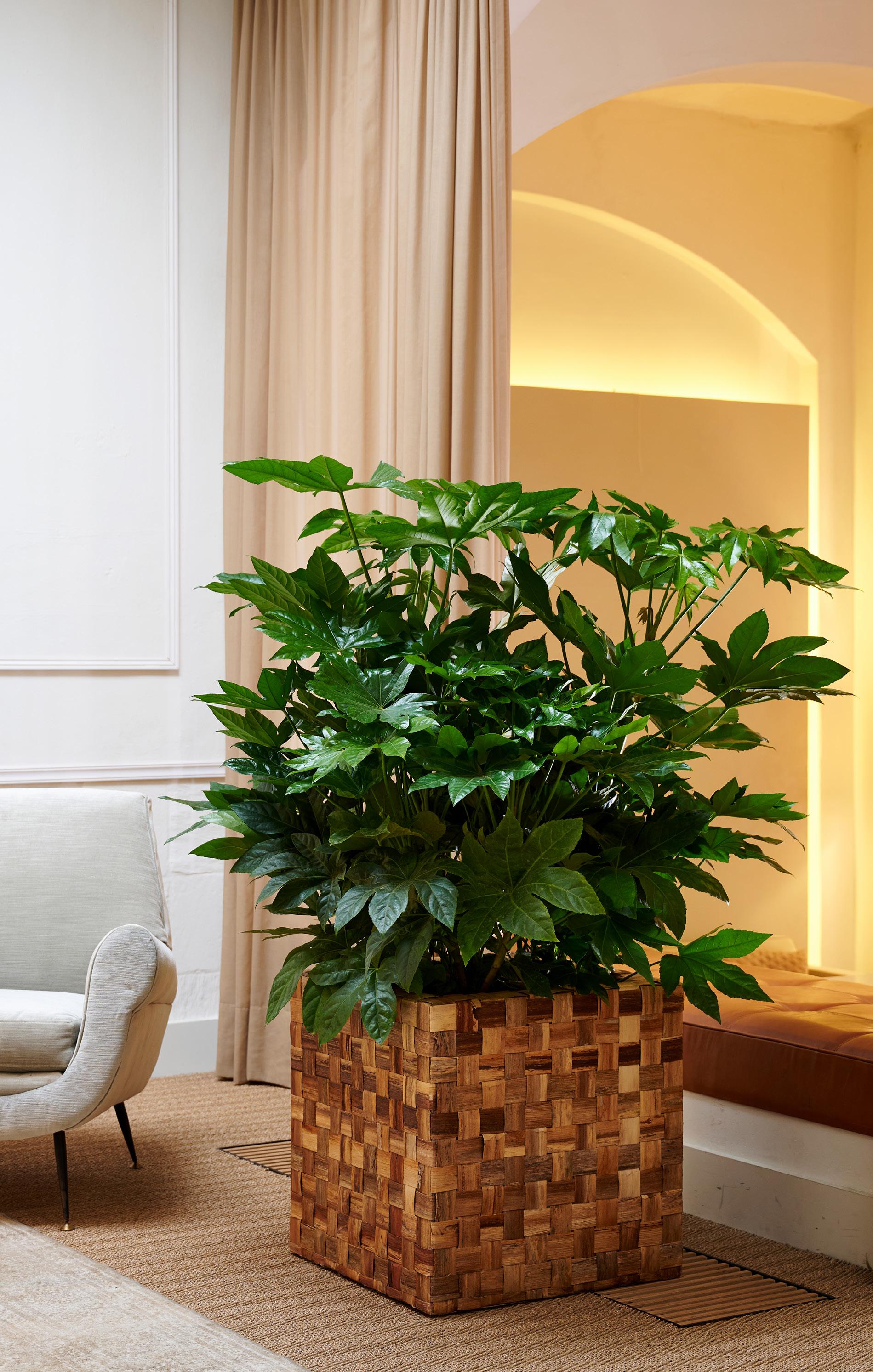



05 08 14 20 30 31
Foreword
Plant World: houseplants for all tastes
Success with Skimmia every time
Colleague in the spotlight: Pieter Van De Velde
New kids on the block
Trade shows 2025


Autumn is perhaps the most poetic season of all. A time when colours seem more intense, leaves dance goodbye and nature slowly folds back to store energy for a new growing season. Autumn invites you to slow down, deepen and - above all - connect. We too, at Floréac, take the time to reflect on where we are today and, above all, where we want to go!
In this edition of our magazine, we want to show how we use the power of autumn as an engine for reflection as well as action. For us, connection is not a vague concept, but a conscious and strategic choice. We believe that real growth is not only found in plants, but also in people, relationships and visions. Once again, we are taking some targeted steps to make the bridge between our growers and customers even stronger.
More than ever, we believe in customisation: cleverly and empathically matching our growers’ offerings to the changing needs of our customers. The key? A sustainable, reciprocal collaboration built on trust, transparency and shared values. And that starts with listening: to the market, to each other and to the seasons.
We take you into stories of partnership, innovation and future-oriented choices. Because only through genuine contact can we grow together, not despite autumn, but thanks to autumn.
In this issue, we put a grower and an employee in the spotlight and bring inspiring insights about special autumn plants:
• Skimmia: toppers, who are the growers and consumer tips
• Which plants bring atmosphere, colour and oxygen to the student room?
• Trendy plants according to the unifying style trend Cosmic Future
• Colourful plants, hedges and shrubs with organic shapes
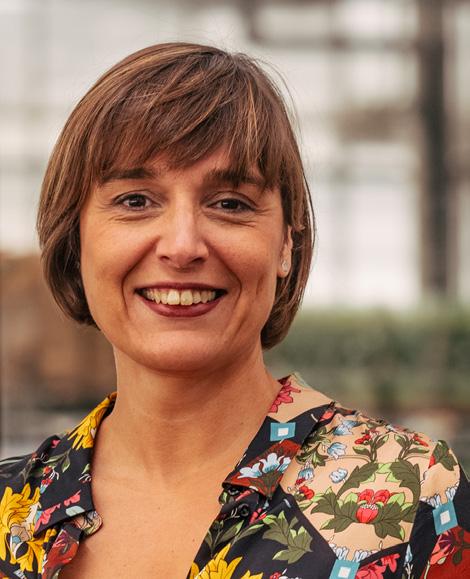
Warm autumn greetings,
An vander Aa CEO Floréac
Students are not exactly known for their green thumb. Fortunately, there are houseplants that make few demands and give a lot in return. Just think of tough varieties such as Sansevieria, Grass Lily or Succulent: they can take a beating and survive even if you forget to water them once in a while.
Perfect for the desk, the windowsill or a bookshelf.
For students, a plant means more than decoration.
It is a piece of tranquillity in busy times, a companion while studying and often the first step towards responsibility.
Take advantage of this with a “Kotproof green” themed corner and provide tips on care, light and location. A small card with ‘student rating’ (1 = demanding, 5 = indestructible) makes the choice easy. That way, you give starters a green chance - and build a new generation of plant lovers at the same time.


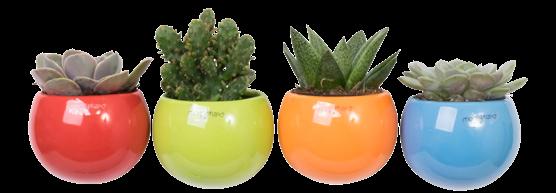
SUCCMX-SPH06A
Cactus en Succulents

SUCCMX-SP324A
Succulents

SCNJOY-12A
Scindapsus n’joy

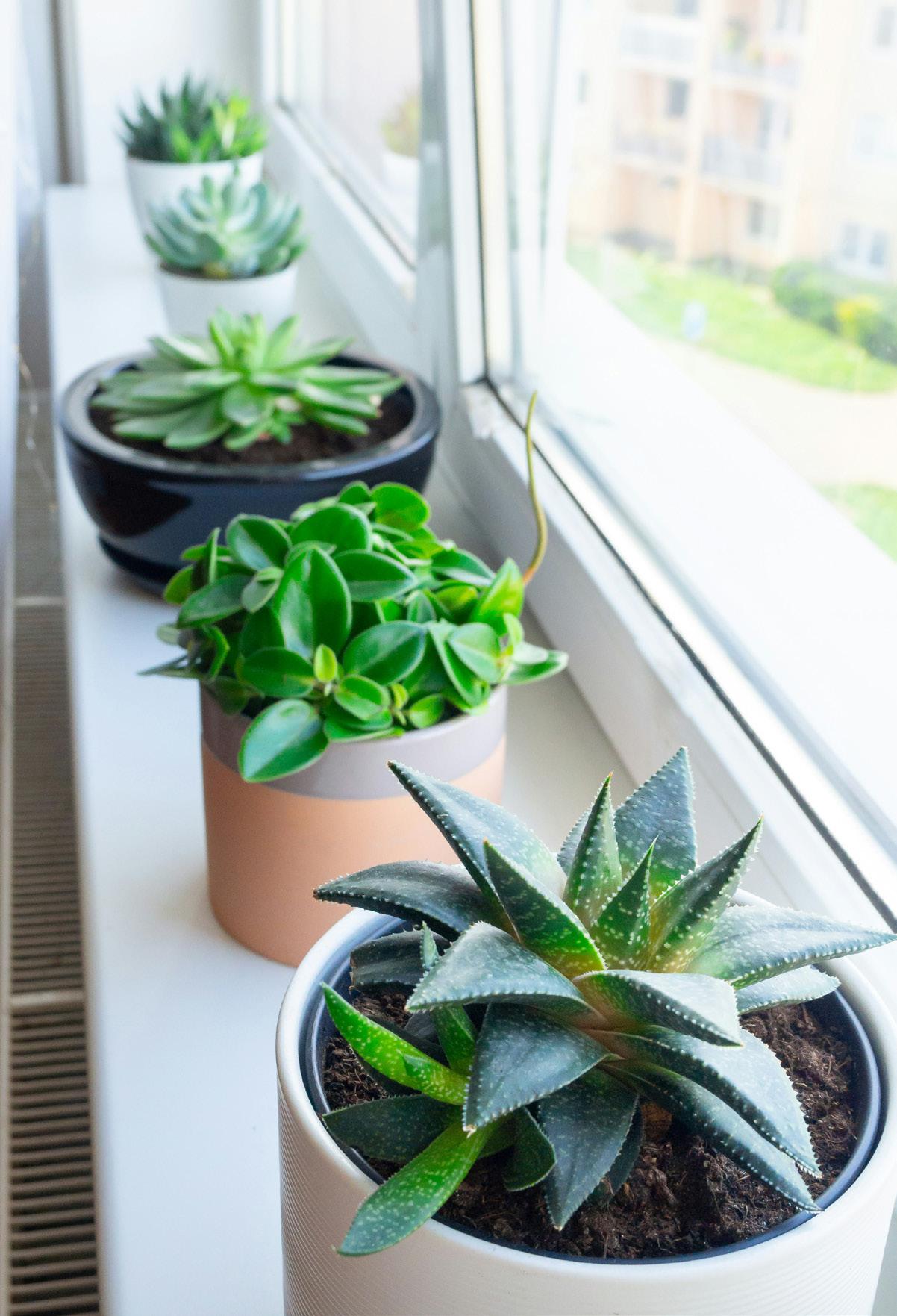
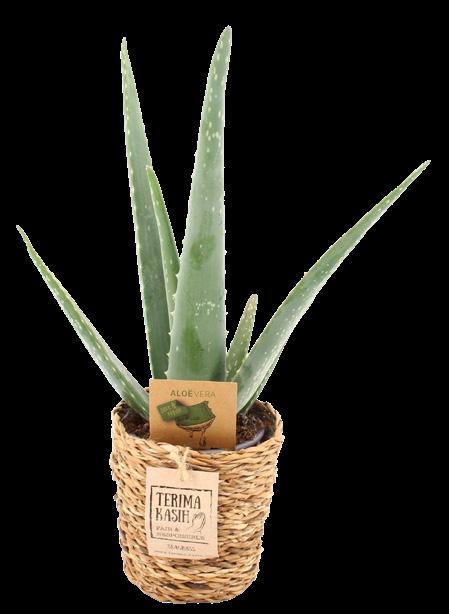

Succulents






Think of a houseplant and they have it. Plant World’s assortment is huge. From unique begonias to tropical palms and Peperomias. Everything to add colour to your home. Because a plant in your home, that’s real happiness. Sales manager Maik Duindam takes us through the story of the nursery.

Anyone who has been in the industry for a while will undoubtedly remember Van der Arend Tropical Plantcenter, JoGrow and Smit Kwekerijen. Three strong nurseries, each with their unique growing varieties. In 2022, they decided to join forces and continue under the name Plant World. Today, Plant World has 23 hectares of greenhouses and collaborates with nurseries from Asia, Africa and Central America. And all with one mission in mind: to grow unique and inspiring plants with passion and craftsmanship.
“From one strong company, we present a wide range of houseplants,” begins Maik. “In doing so, in addition to a reliable base, we find it important to keep surprising our customers with new varieties an excellent quality. Because plants are good for our well-being, and bring pleasure to a home. As a nursery, that is our biggest driving force: germinating residential happiness with our unique and quality plants.”
Plant World’s unique range takes shape in 85 growerowned plant varieties. “We have our own Product Innovation (PI) department where we develop new plant varieties, experiment with crosses and new product lines. This is how our own protected varieties
are created. We also work closely with growers abroad, especially in Costa Rica, Thailand and South Africa. Is there a novelty there? Then we are the first to know about it.”
Besides innovation, quality is also one of Plant World’s main pillars. “Quality begins with the starting material.”
Whether that comes from Africa, Costa Rica, the lab or a cutting supplier. The incoming plants or cuttings must be of top quality. For this, we have specific agreements with our suppliers in terms of height, thickness, quality of seeds or cuttings ... Do the plants not meet our requirements? Then they do not come in here. If the plants come from abroad, we have them packed in wooden crates. On the contrary, we keep more space for the plant so there is less chance of damage. We prefer to pay a little more for transport than to grow plants that lose quality in transit.
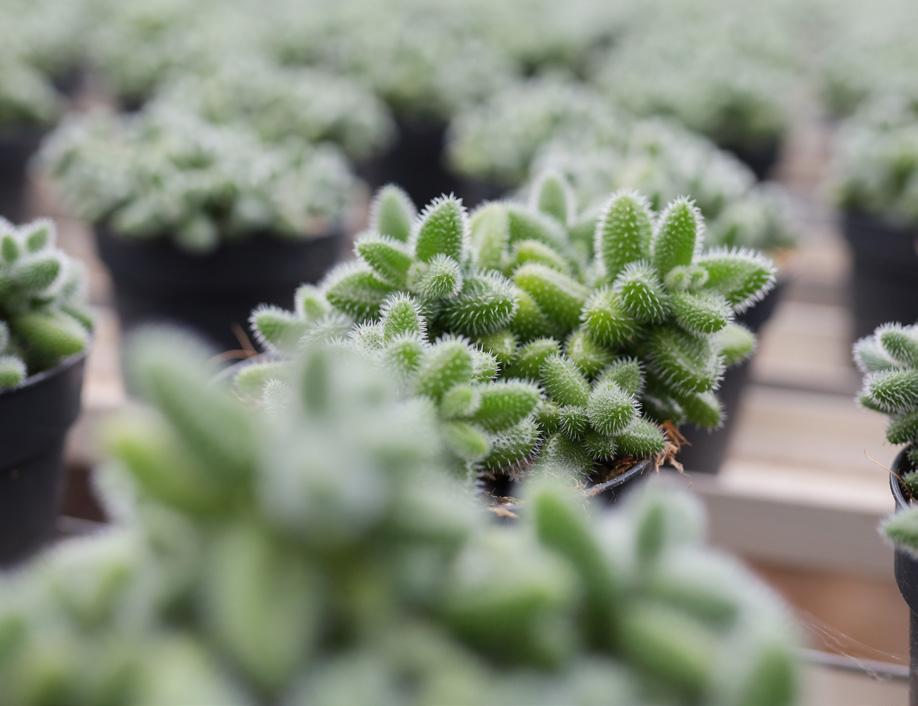
“ Quality begins with the starting material. ”
Maik Duindam
In our nurseries themselves, we treat our plants with the utmost care. We let them grow naturally. Without rushing. This is possible because we keep a lot of data on the sales and growing times of our plants. We know approximately when which plant sells and how long it takes before it is ready for sale. We anticipate this and give the plant time to grow into a strong rooted specimen. All this happens under the watchful eyes of our growers. No cameras, but real human work. Each grower has their own product group in which they specialise.”
Time for a look at Plant World’s assortment. “Our range is so extensive that customers can actually order anything to fill their entire indoor plant department with a nice selection. We have about 150 different species of tropical plants and there are more than 4,000 items in our range. Our pot sizes range from 5.5 to 30 centimetres. We also put together interesting plant mixes and develop different collections like the Eden Collection and concepts like Adorable Little Plants.”
With such a wide range, singling out a few plants is difficult. But Maik makes an attempt. “The Brighamia, for example, is one of our gems. It is a kind of palm on a small trunk. And unique in its kind, as this is one of our 85 protected species. Another such example is the Begonia Ferox, also known as ‘Troll’. The spines on its leaves are reminiscent of a troll’s club, but despite its crazy appearance, it is a popular plant.
In general, colourful plants with leaf designs are in high demand at the moment. People love colourful plants. Our Begonias and Alocasia are a good example of that.”
“Anything you give attention to grows,” says Maik adamantly. And he’s not just talking about the plants. Plant World also treats its collaborations with customers, suppliers and growers with utmost care. Only requirement? Their partners must, like themselves, think about the longer term. Looking beyond today and already planting the seeds for tomorrow. They share this vision with Floréac, among others.
“We work closely with Floréac. Together, we dive into the depths of the strategic field. What do their customers need? Why do some plants sell better than others? Where are the opportunities? Thanks to Floréac, our range

continues to grow and we respond even better to the wishes of the end customer. Floréac also pursues an ambitious sustainability policy. As a grower, they involve us closely in this. Together, we look at how we can green Plant World even more.”
“Because we are already making a lot of sustainable efforts. For instance, we grow according to the NatuGrow system, which stands for natural cultivation. For years, we
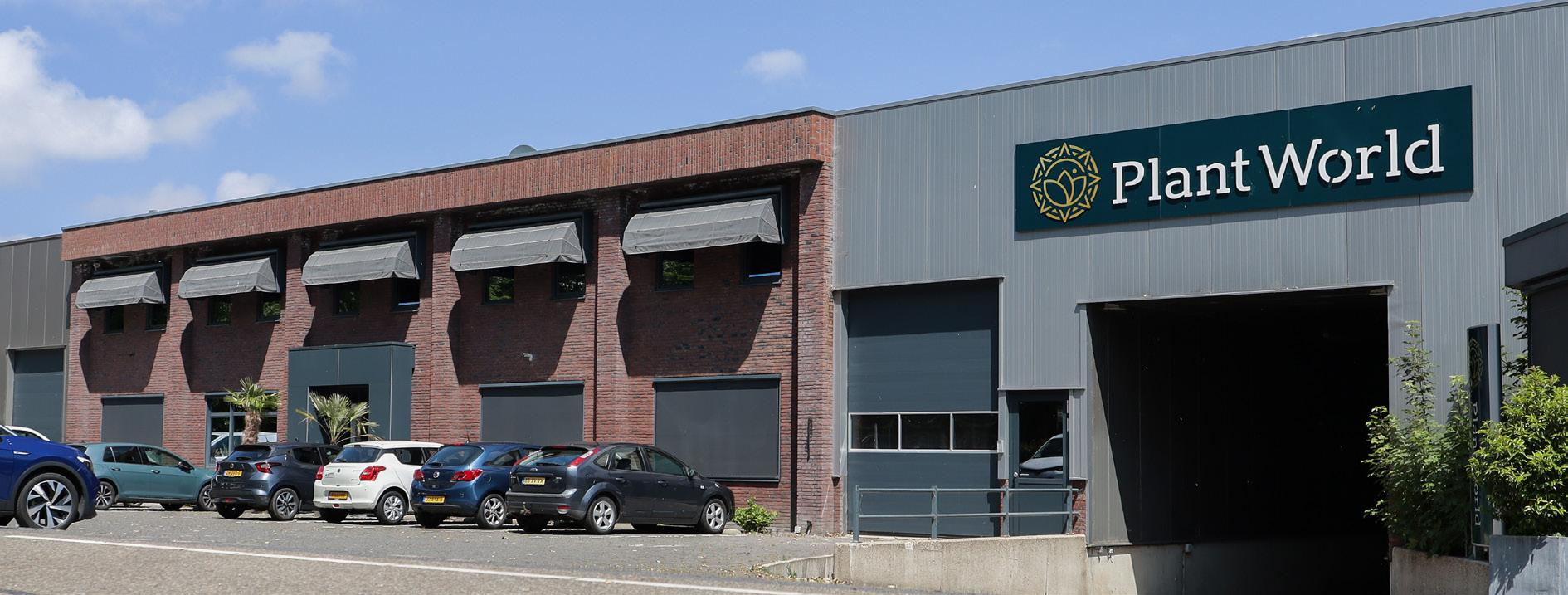
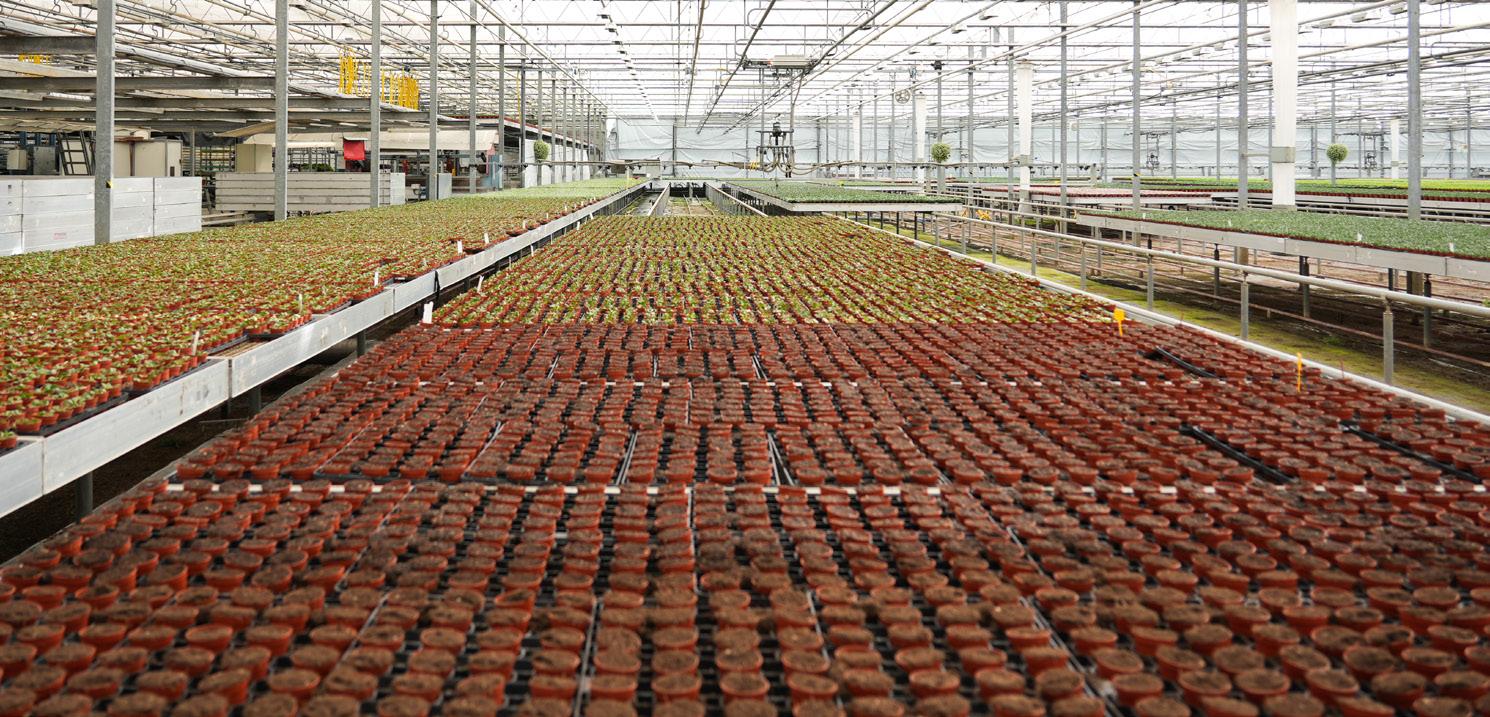
have hardly used any chemical pesticides and instead opt for preventive biological crop protection, such as predatory mites and parasitic wasps. And also to inhibit the growth of certain plants, we are now fully experimenting with the soil material to reduce the use of inhibitors. A soil with clay, for example, allows a plant to absorb less moisture, keeping it more compact. Another example of natural growing is not giving our plants extra energy on a dark day. Little sunlight, means the plant is at rest. And we simply allow that too. This natural growing not only has its advantages in terms of sustainability, but also ensures that our plants can withstand a beating. They last longer and stay beautiful for longer.”
It doesn’t stop at natural growing, Plant World also makes efforts in other areas. “Already two of our sites are completely peat-free, for the other sites we are at about 65 per cent. We also try to use as little natural gas as possible. For instance, we already heat our greenhouses in Kwintsheul completely on geothermal heat. This makes our cultivation there completely C02 neutral. More and more of our locations are being fitted with solar panels and everywhere we collect rainwater and reuse water and fertilisers. In terms of packaging, we are trying to reduce single-use trays and focus more on multi-use trays, which the customer can return after use.”
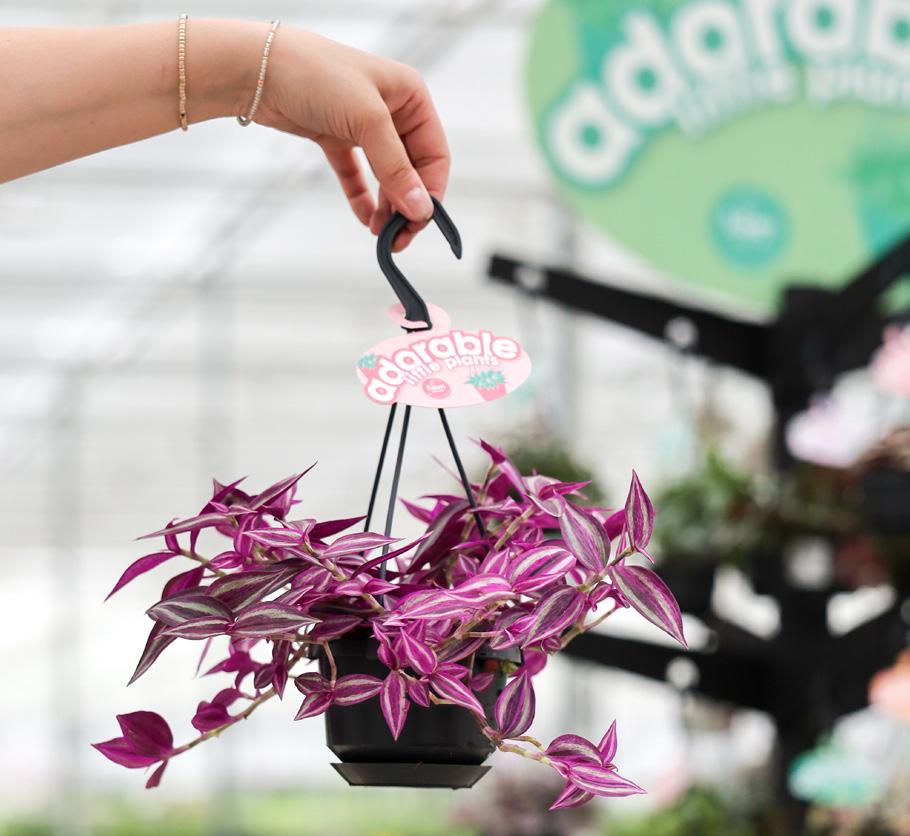
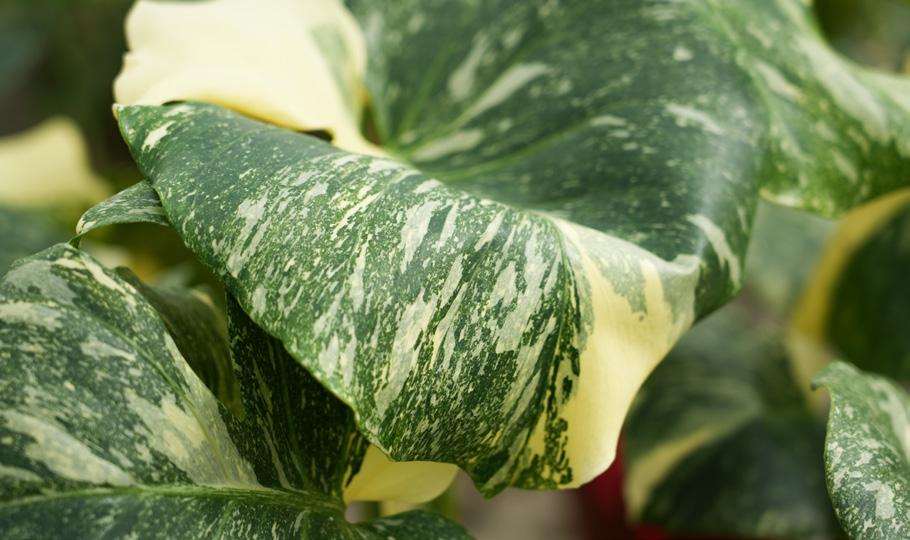
With pride, Maik looks ahead to the future of the sector. “Floriculture is pre-eminently an innovative sector. Sometimes we face major setbacks, such as the energy crisis, price pressure, environmental requirements, and so on. But we never let our heads down. We all pull together and move forward. Come up with new solutions. This is how we produce a great product with as few resources as possible. A product that makes people happy and adds value to society. Because say it yourself: coming home to a cosy house with beautiful plants is great happiness, isn’t it?”
Where? Westland and Groningen (NL)
What? (Sub)tropical indoor plants. A total of 22 million plants per year.
In service? 220 employees, including 185 FTEs
Certificates? MPS-A, MPS-GAP, MPSProductproof, MPS-SQ, GRASP
Sales market? 650 customers in Europe, mainly garden centres, DIY stores and florists. No discount.
Green is more than colour - it is also structure. Plants that prune well give consumers creative freedom. Think of hedge plants or shrubs that you can design both tightly and playfully. Whether it’s organic lines or tight blocks: these plants adapt to any garden vision.
Especially now that borders are in demand again, topiary offers extra added value. Combine the range with visuals of pruning examples, give practical tips or organise a ‘topiary demo’. In this way, you show that greenery also moves, guides and demarcates.
For your customer, this is no ordinary shrub, but a living building block of their outdoor space. With the right advice, trust growsand so do sales. Because pruning is not difficult, it only requires a plant that cooperates.

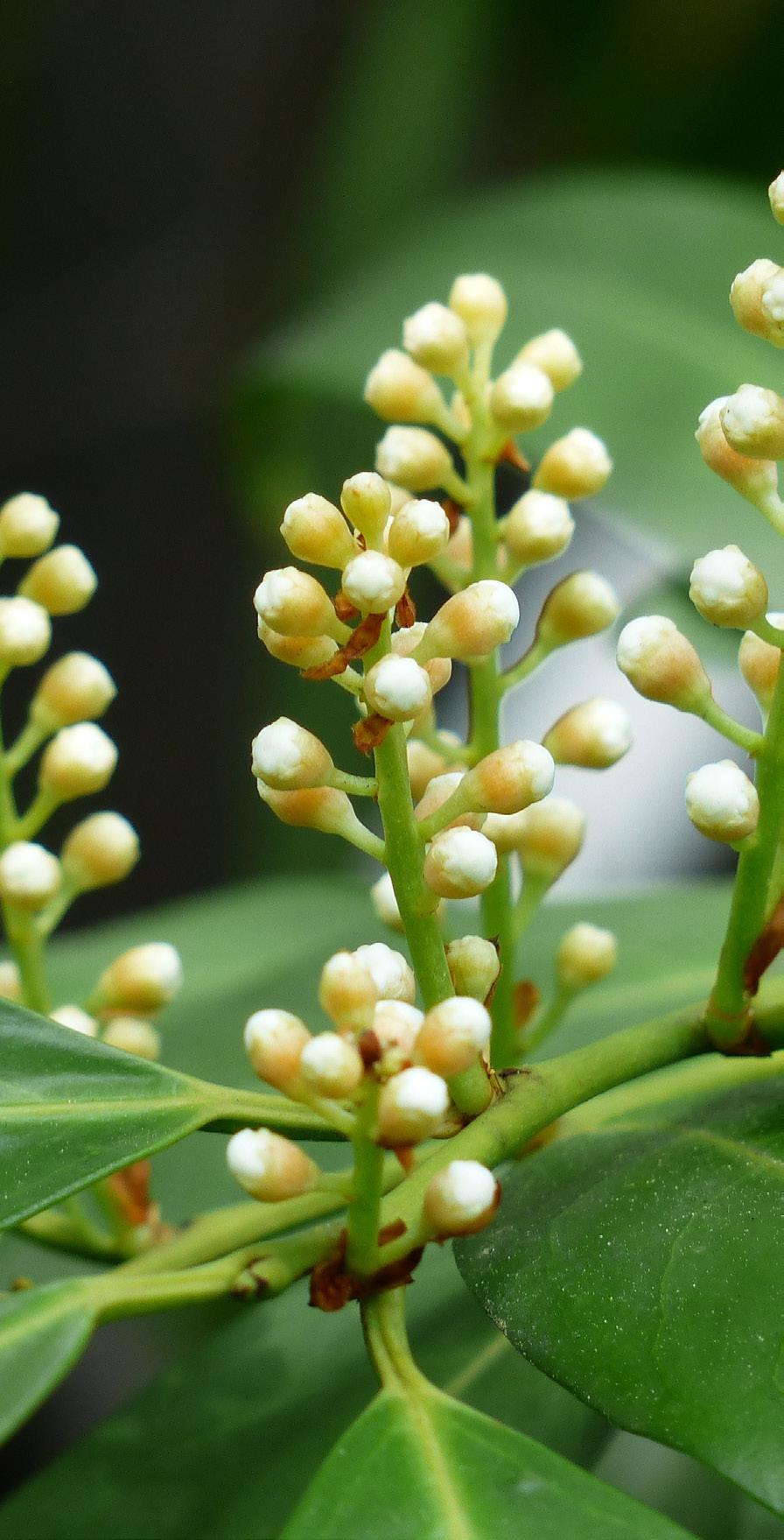
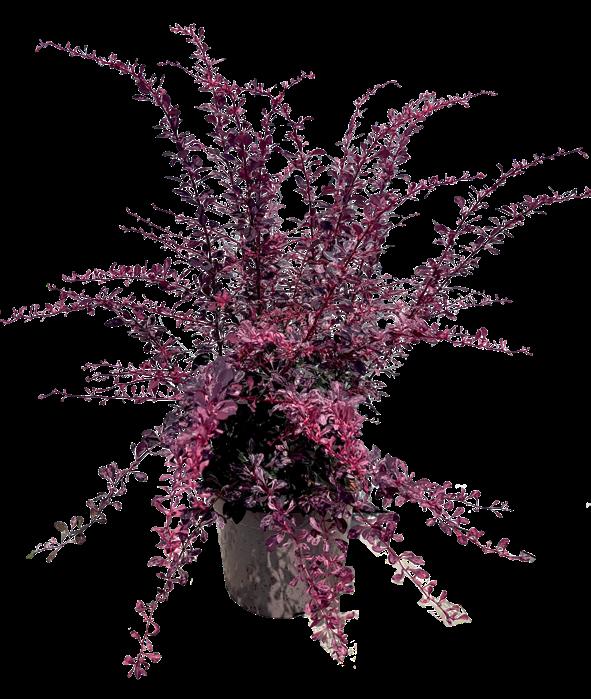



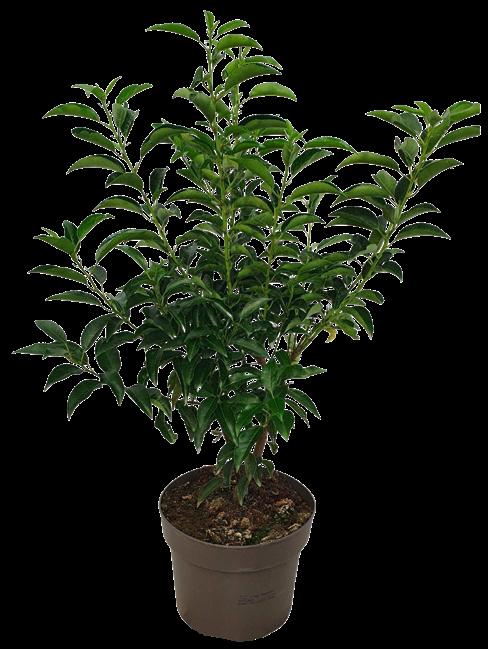

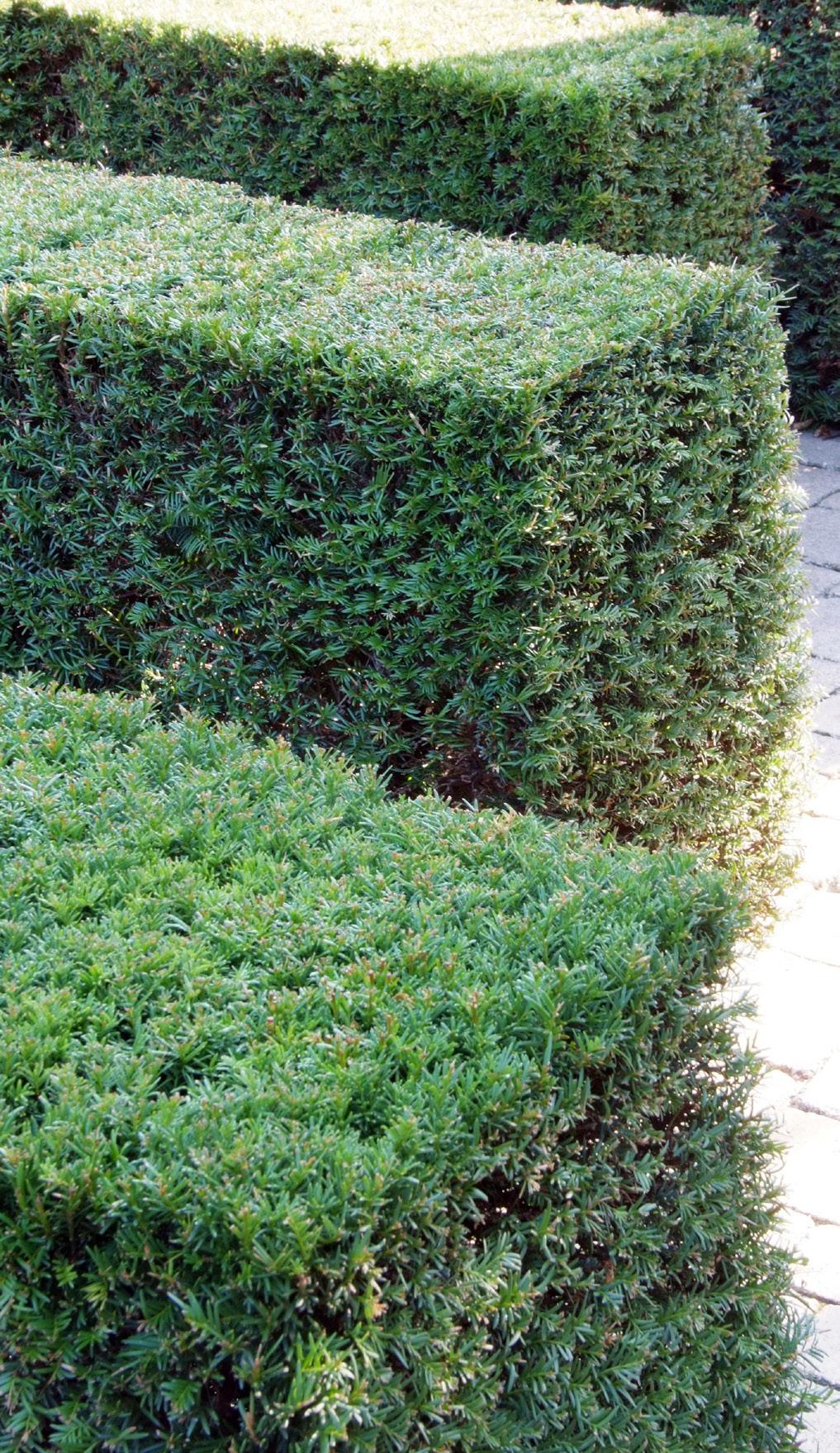




Are you always homesick for a colourful garden after summer? Then you haven’t heard of the Skimmia. Because when other plants go into hibernation, the Skimmia is at its best. This hardy shrub treats with deep red and lime green flower buds just when we need them most. In this article, you will discover the most popular and special varieties, and meet our growers.
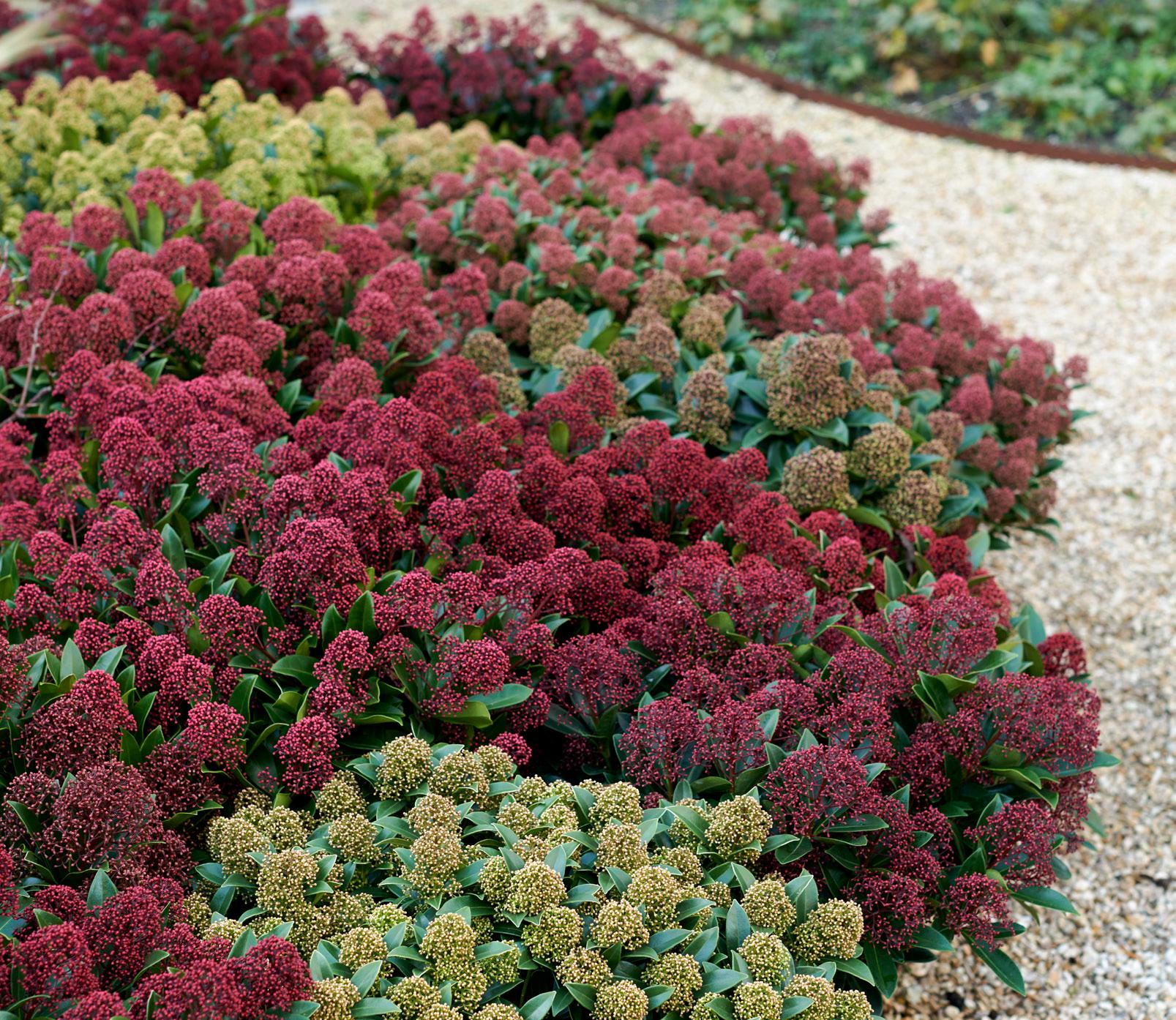

Originally, Skimmia grows in the mountainous regions of Japan, where the plant is named ‘Miyama shikimi’. Freely translated ‘mountain skimmia’. But the Skimmia has long since ceased to be restricted to mountain peaks. Thanks to its compact growth and long-lasting ornamental value, it is a versatile and popular plant in Belgium and the Netherlands. Thus, the Skimmia thrives in a pot on the balcony or terrace, but also excels in its role as a border plant or loose hedge. And how about a few sprigs of Skimmia in an autumn composition or as an evergreen tomb arrangement?
All year round, the plant bears its dark green, glossy leaves. And much of the time there is more. From late August, the first, colourful flower buds appear on the scene. These burgundy, lime-green or white buds then blossom into fragrant flowers or berries in April. So months of colourful enjoyment from the Skimmia. A rarity among garden plants.
It is also a special plant in terms of scent. Ever had a good sniff of a Skimmia? Then you may already know that it is distantly related to the orange. If you bruise the
leaf between your fingers or sniff the flower fragrance, you will notice it immediately: a typical citrus scent.
The Skimmia has both male and female shrubs. Main difference? The female Skimmia gets berries when a male plant is nearby for pollination. One male Skimmia is enough to pollinate several female shrubs. Even if it is a different species. Tip: Combine male and female Skimmias to enjoy both striking flowers and brightly coloured berries. For example, male Rubella and female Temptation make a nice duo.
Time for a look at the different varieties of Skimmias. Starting with our classic bestsellers.
• Rubella: the classic with deep red buds
• Rubesta: the improved Rubella, more compact and richly branched
• Temptation: female skimmia with striking red berries
• Kew White: female skimmia with white flowers and berries

And we also put the spotlight on some innovative varieties and special combinations.
• Ballerina: lime-green buds for fresh compositions
• Celebrations: intense colour, stays in bloom extra long
• Perosa & Magic Marlot: variegated leaves with white edge
• Festival: two varieties in one pot: Finchy and Rubella
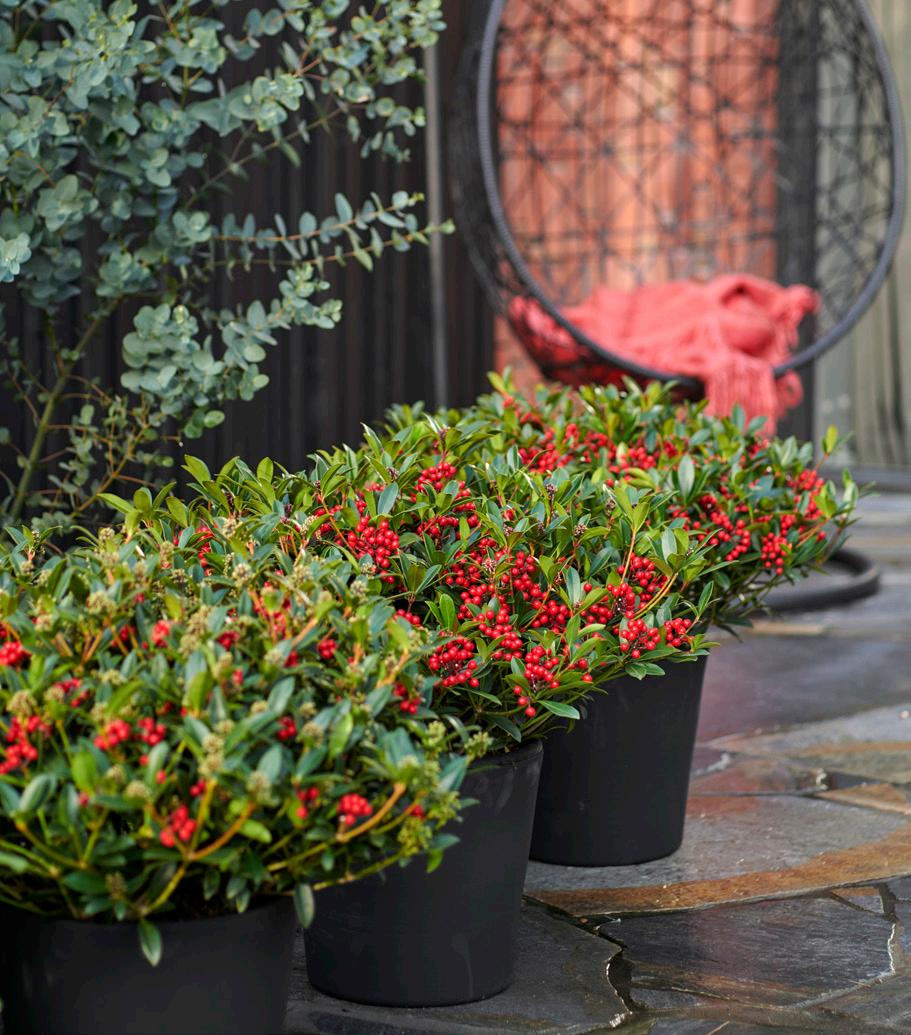
Behind every skimmia is an experienced grower. Each with their own specialisation.
• Decaplant (BE): strong plants with a focus on the classic varieties
• Mantaflor (BE): innovative and market-oriented
• FBB Plant (NL): wide assortment
• Snepvangers (NL): strong genetics and excellent colouration
• Perry van Eijk & Gebroeders van Eijk (NL): leading in Rubella, Perosa, Festival and special varieties
Another advantage of the Skimmia: the plant is easy to care for. These five tips will already keep it in top form.
1. Place the plant in semi-shade or shade. In full sun? Then make sure the soil is moist.
2. Water if the soil is dry. Watch out for wet feet.
3. Use slightly acidic potting soil. Avoid lime.
4. Pruning is not a must, the plant grows slowly. Do you want to prune it into shape? Then do so after flowering.
5. Combine with heather, ornamental grasses or mini-aster for original autumn balconies.


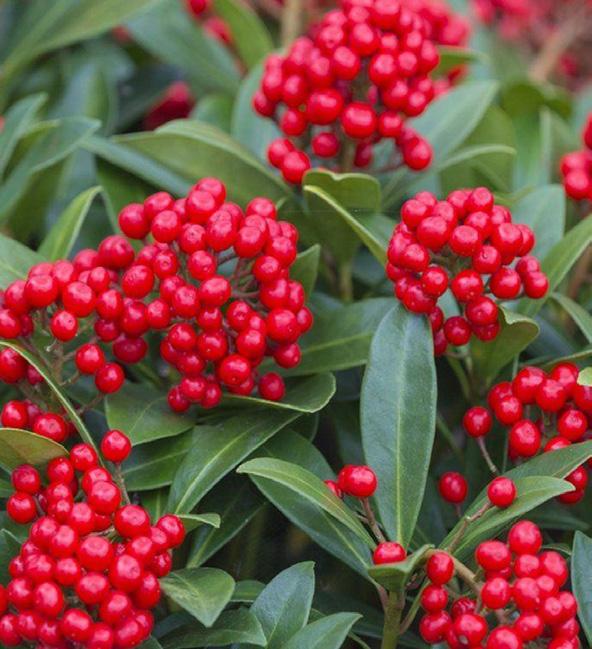

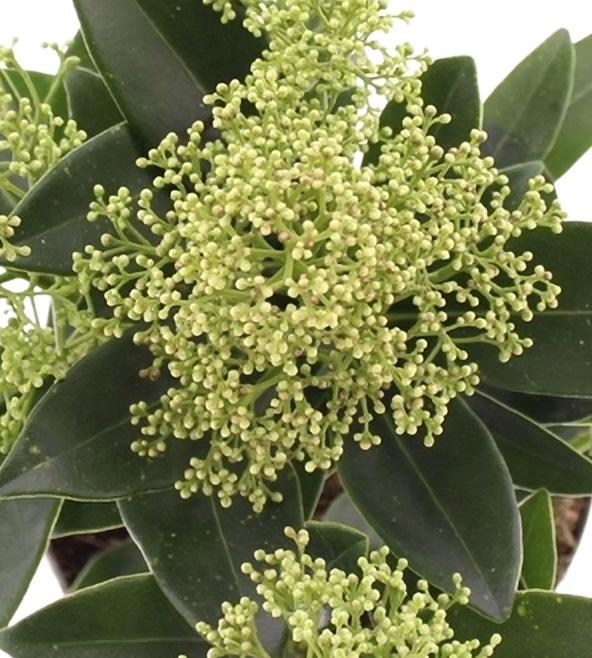
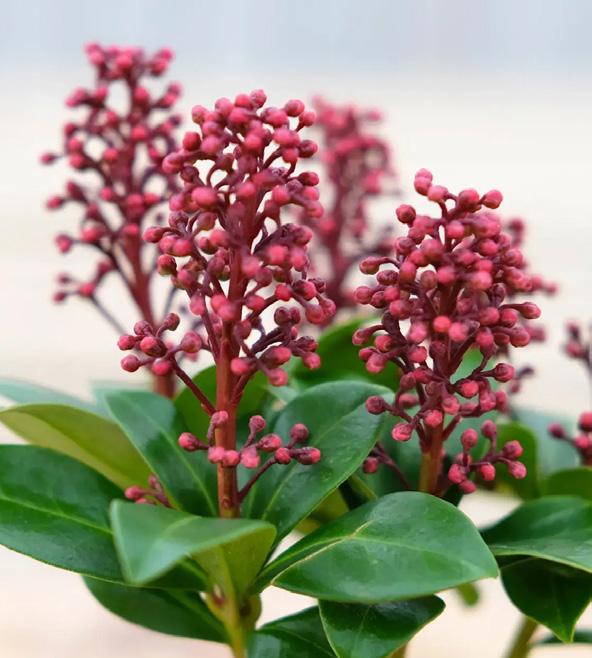
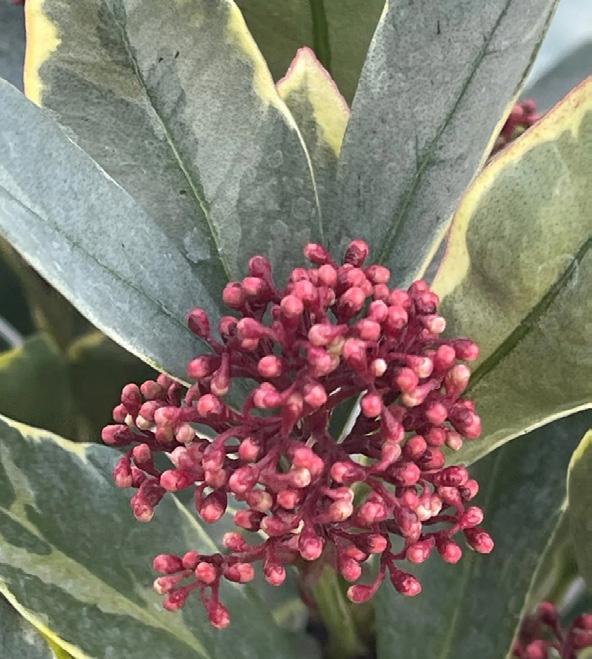
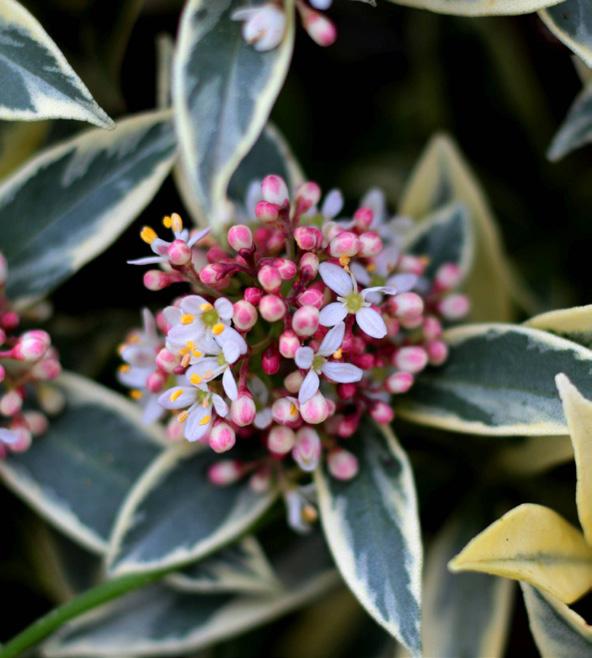

The houseplant of the future is anything but ordinary green. Think plants with metallic leaf structures, silvery lustre or purple glow. This trend fits perfectly into contemporary interiors with concrete, metal and colour accents in lavender, violet or steel blue. Plants such as Tradescantia, Calathea or Scindapsus ‘Silver’ bring mysticism, style and tranquillity.
Set the theme in scene: work with black or shiny pots, raised displays and an atmospheric uplight. Combine with shiny accessories or mirrors to let the leaves speak for themselves.
This collection appeals to a younger, style-conscious audience that likes to grow with interior design trends. Give your customers a plant experience that feels like science fiction, but fits perfectly in their living room. Cosmic Future is not just a collection - it is an atmosphere. One that lingers, even long after purchase.


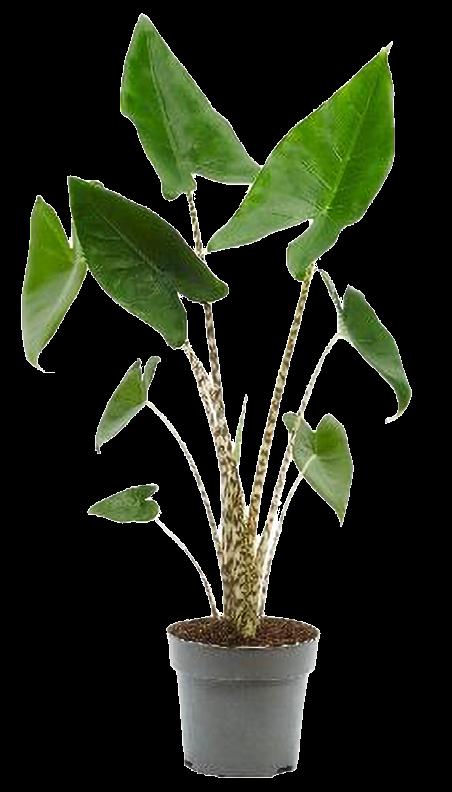


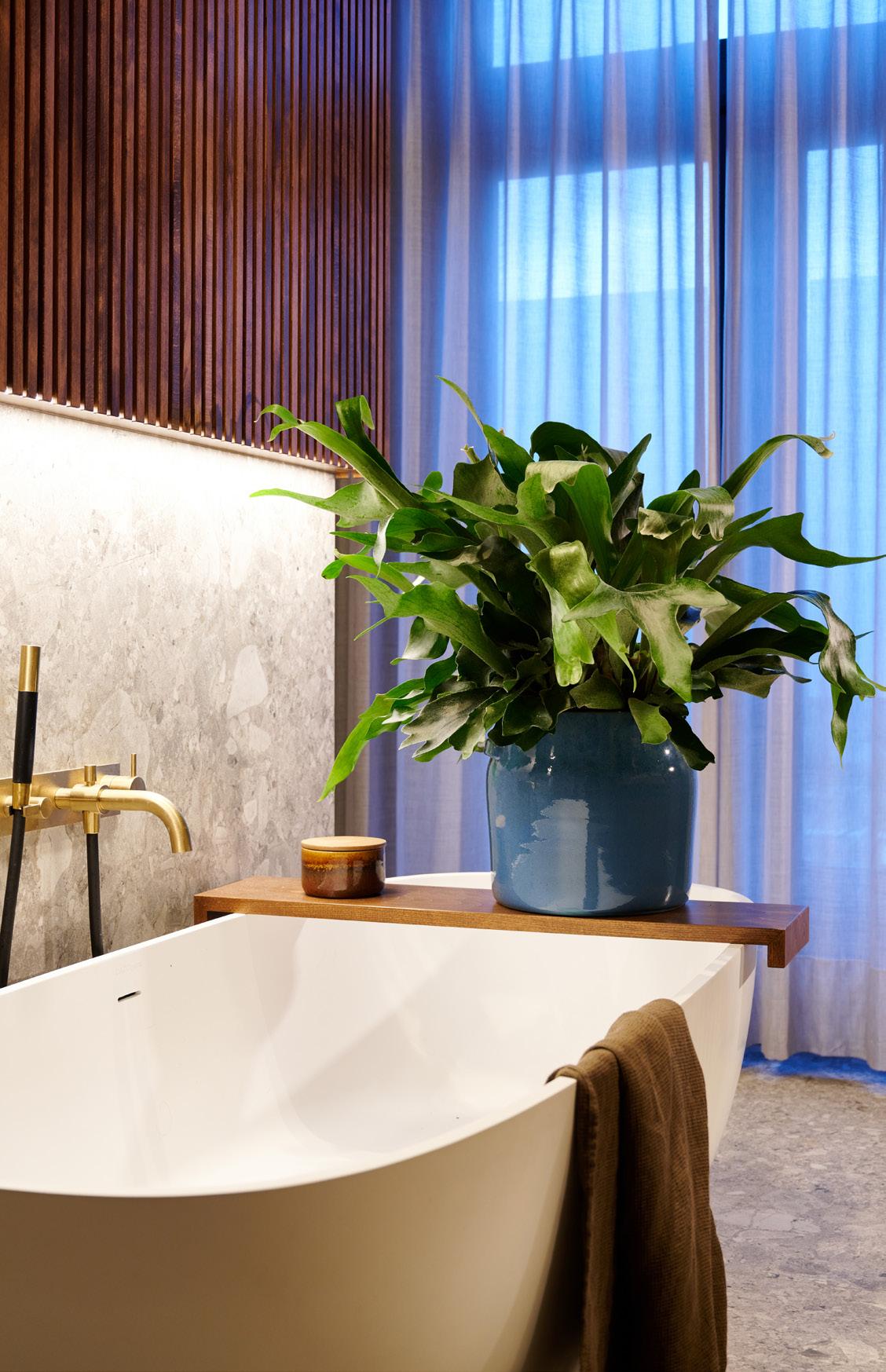


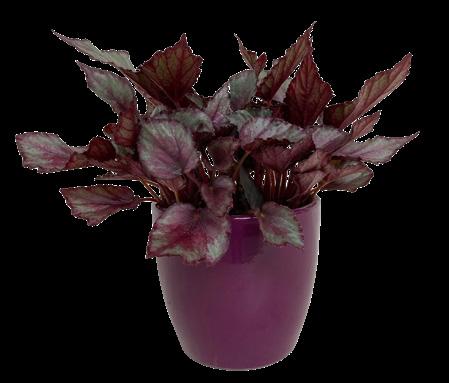
BEGONI-DI03A

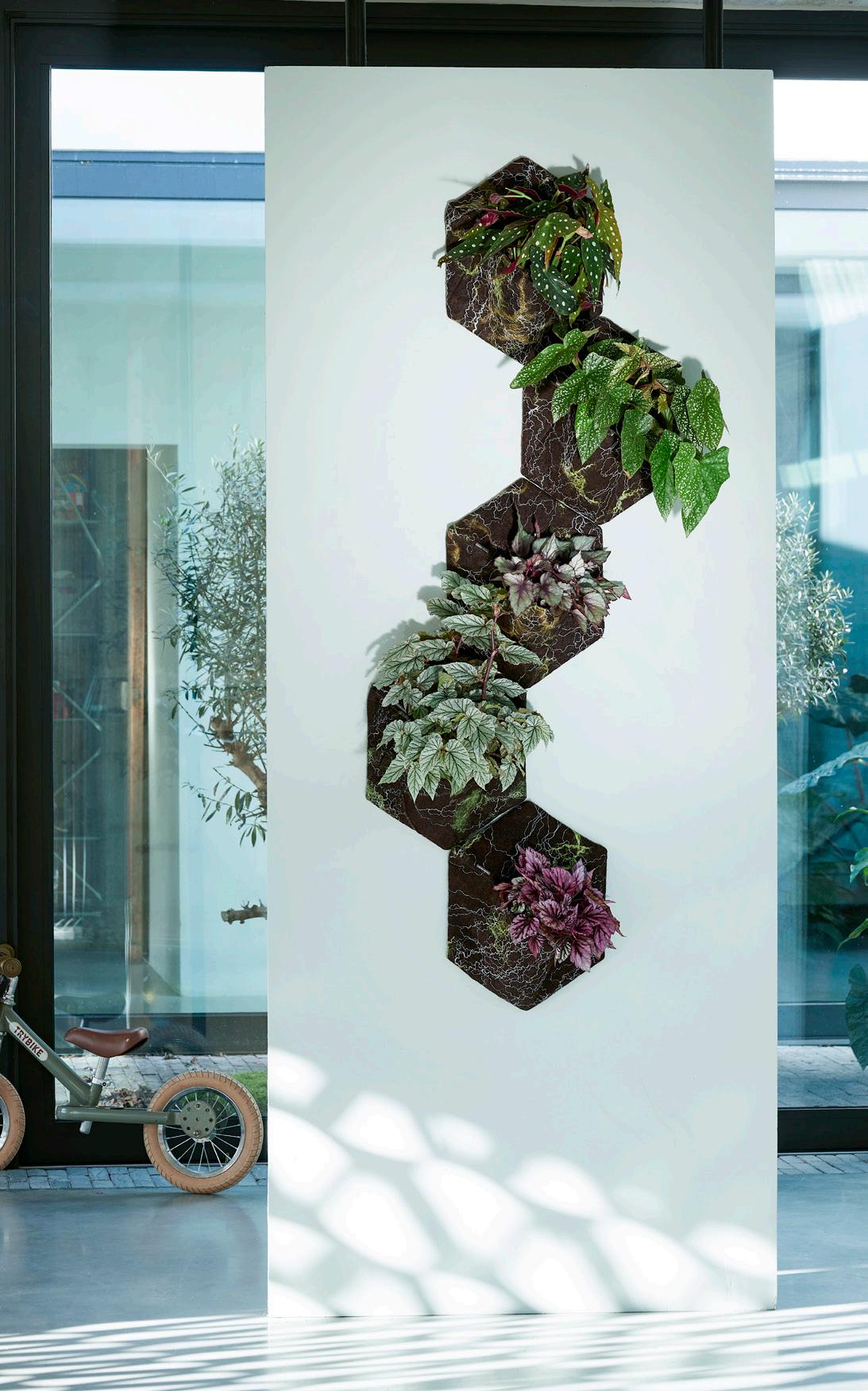
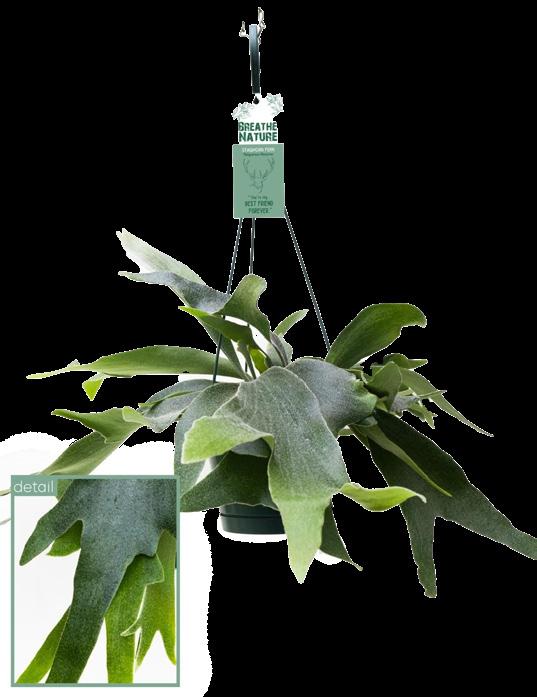
PLALCI-H14A

BERESPST-12A


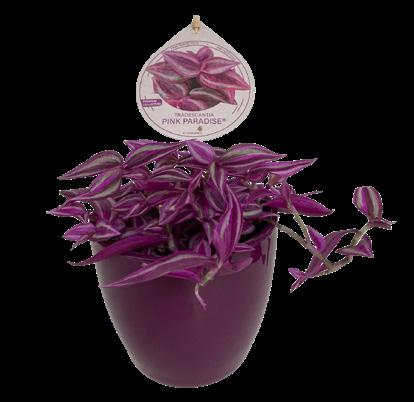
TRADES-DI01A
How an old horse pasture is slowly turning into a piece of living nature. In 2018, Pieter and his family had the opportunity to buy a piece of farmland behind their house. An ordinary, barren horse pasture. But after watching the documentary The Biggest Little Farm, it started itching: what if they could give nature back a chance here themselves? Not big or earth-shattering, but step by step - in their own way.
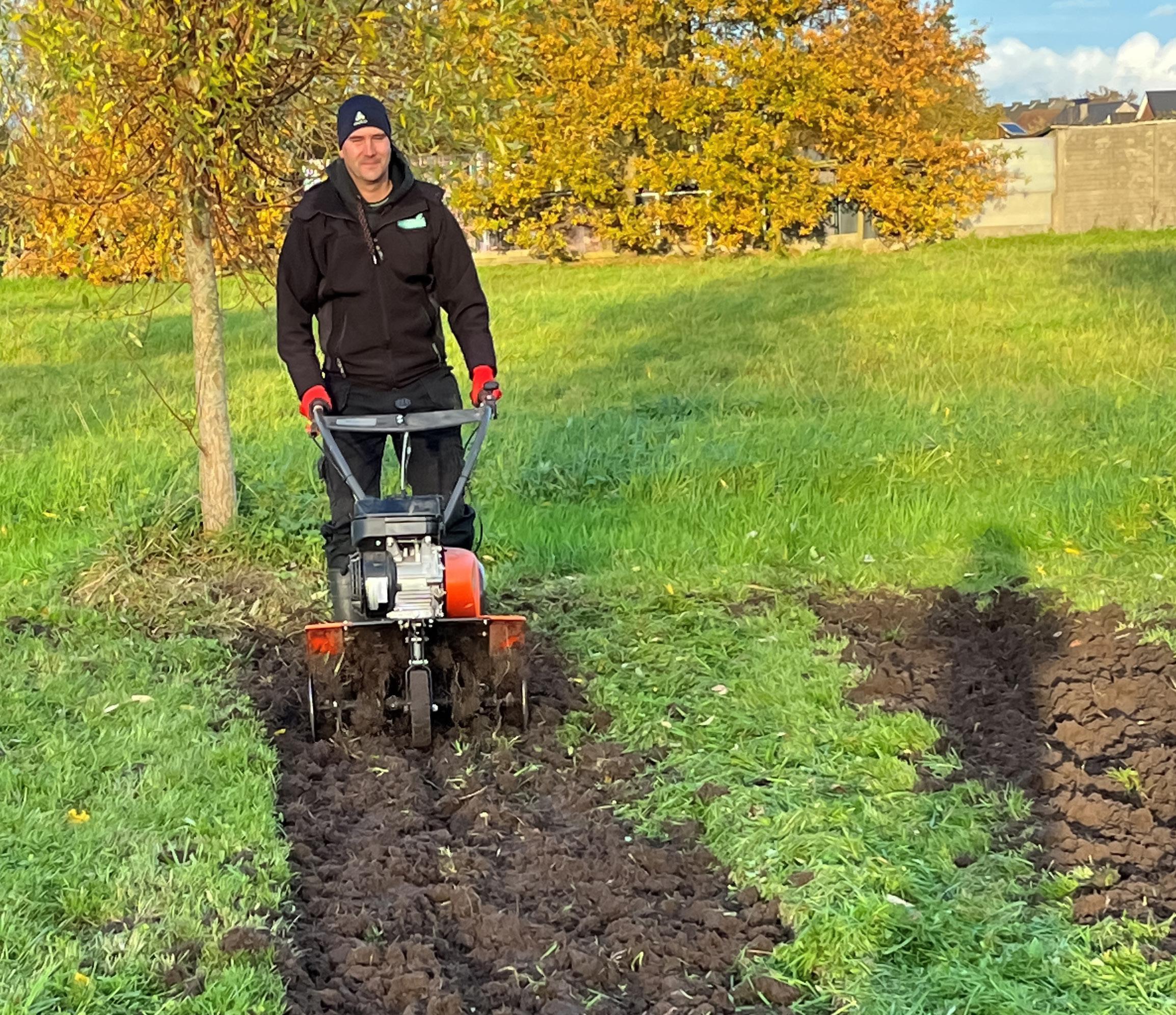
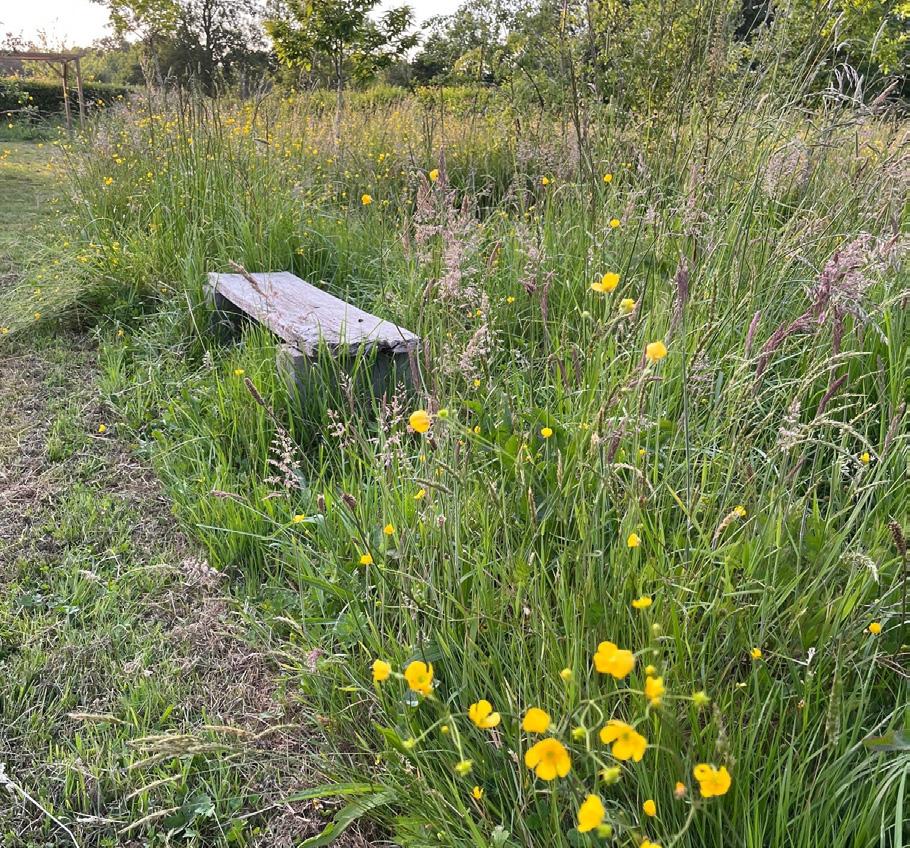
And so began their mini-experiment. Every weekend they set aside a few hours for it. No tight plan, no big goals. Just curiosity and patience. Because if you let nature take its course, in time you will see wonderful things happen.
They wanted to make this piece of land a place where you can really unwind. Away from screens, expectations and to-do lists. A place where they could ground themselves - literally and figuratively. And above all: a place where agriculture and nature don’t get in each other’s way, but just reinforce each other.
One of their basic rules: what grows on the meadow stays on the meadow. Branches, clippings, prunings, even weeds - everything comes in handy again to feed the soil life. Meanwhile, neighbours know that their garden waste is always welcome at Pieter’s place. They save a trip to the container park, he gets valuable raw materials. Everyone happy.
They try to restore the landscape of yesteryear, with hedges, wood edges and rows of trees dividing the land. This creates a patchwork of small habitats where insects, birds and mammals feel at home.
Perfection is not the goal. But balance is. And that also means learning to cope with disappointment. Growing potatoes? No success - the soil is full of peat moles. Good news for biodiversity, less good for the harvest. In the orchard, spider moths get free rein because there are not enough birds to stop them yet.
No fertilisers or pesticides are involved. No tricks. Nature is given time to recover - with their help, but at her own pace.
What started as an inspiration has grown into their personal laboratory of wonder. They try, observe, learn - and try again. Every weekend they are out and about, using apps like ObsIdentify and PlantNet, to discover what’s out there.

Pieter realises that this works because he does not have to make a living from it.
For farmers, it’s a different story. Still, he hopes there will be more room for this way of working in the future: with respect for biodiversity, restoration and cooperation with nature. Because farmers still carry a wealth of knowledgeknowledge that is indispensable for a sustainable future.
Plant a tree once and feel what that does to you. Maybe it won’t change the world. But it does change something in yourself. And that is already quite something.
Pieter realises only too well the luxury he has: living in the country, in a stable and safe country like
“ One of their basic rules: what grows on the meadow stays on the meadow. Branches, clippings, prunings, even weeds - everything comes in handy again to feed the soil life. ”
Pieter Van De Velde
Belgium. Not everyone has that opportunity. Maybe later they will open up their piece of nature to others - as a small contribution to their well-being. What that will look like? That’s for later.
For now, Pieter quietly lets nature do its work. She does not care about full agendas or busy weekends. She recovers, grows and blooms - day and night, season after season. And Pieter? He watches, enjoys... and occasionally sweats hard.

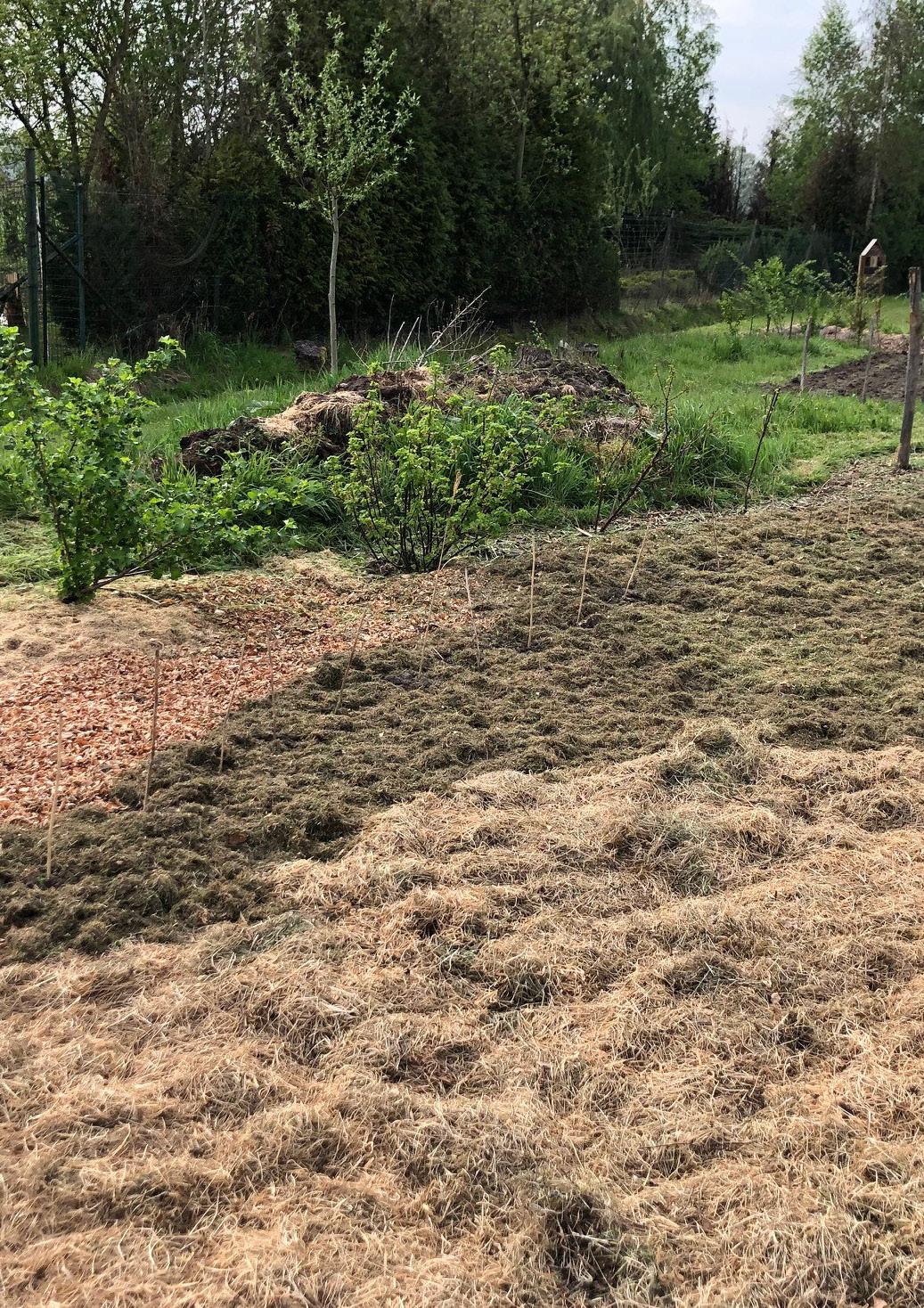
The autumn garden is a forgotten gem. While many borders wilt, certain plants offer their most beautiful colours just then. Think fire-red leaves, copper-coloured grasses, deep green structures and late-flowering varieties. This is how you bring life and depth to autumn. Combine leaf colour, berry, texture and height to keep any garden attractive deep into November.
Highlight this selection as “late summer enjoyment” and show how autumn colours combine perfectly with the soft, low sunlight of October. Add inspiring images of autumn gardens or provide ready-made border ideas.
These plants don’t sell on blooms alone, but on total experience. They make the difference between a boring garden and a vibrant seasonal palette. With Autumn Power, you make consumers want to keep busy outdoors even after the summer - and everyone benefits.



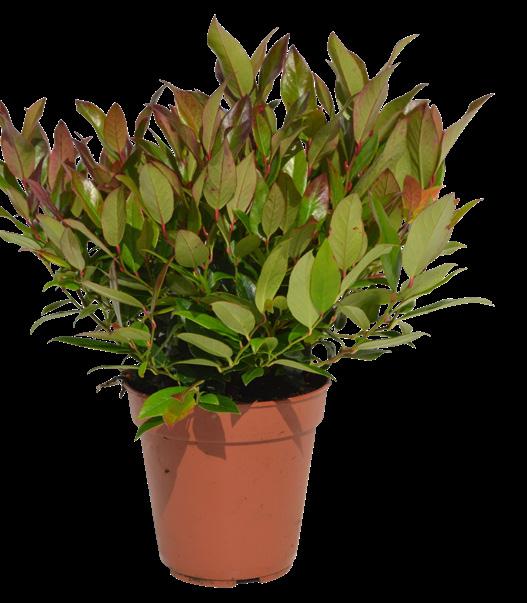


ACPAORDR-19A
Acer palmatum

PHOPLIDE-20A

COCOROPU-17A
Cotinus coggygria
‘Royal Purple’

SEDERZ-13A
Sedum spurium spot on ‘Deep Roos’
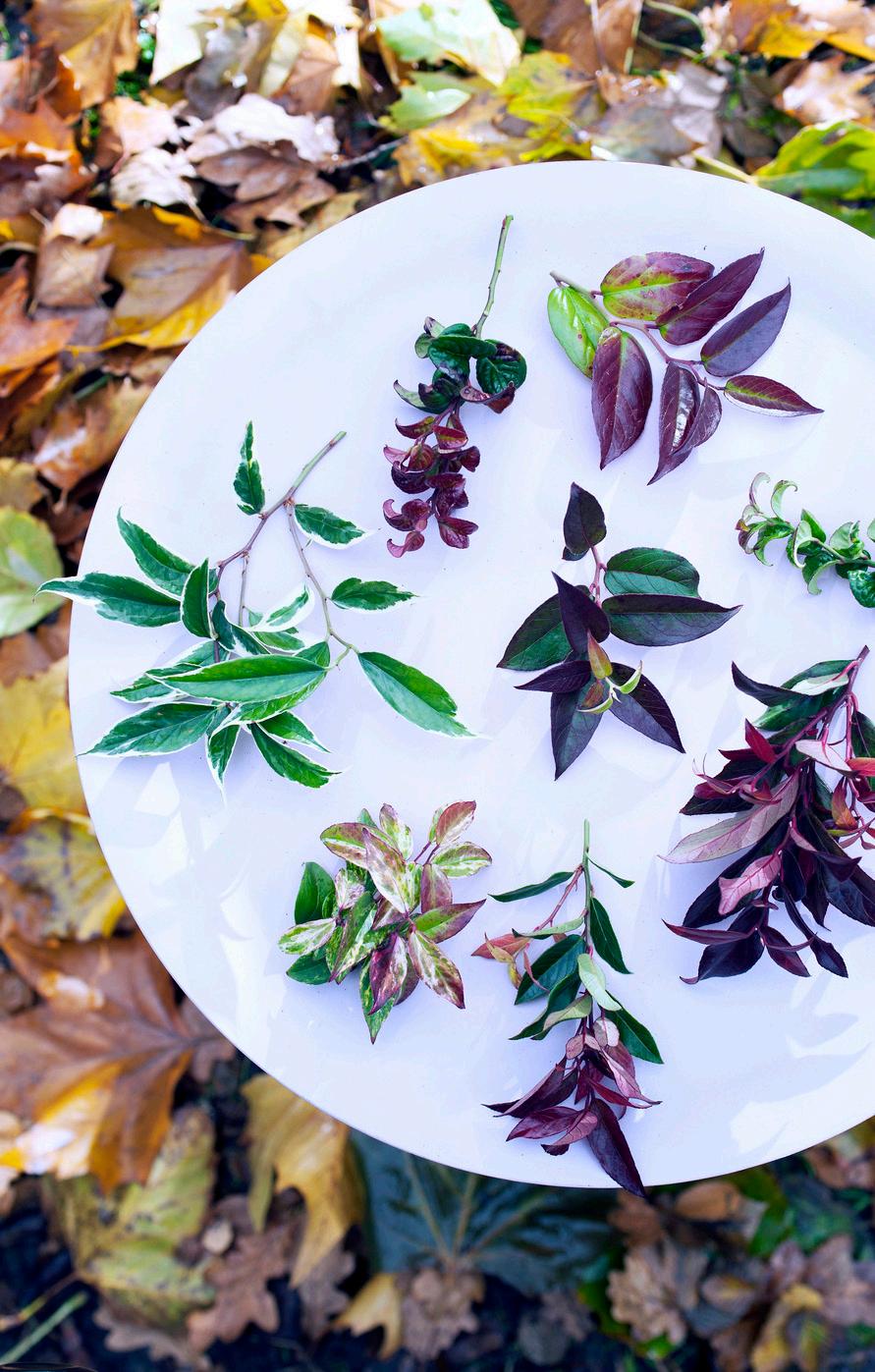
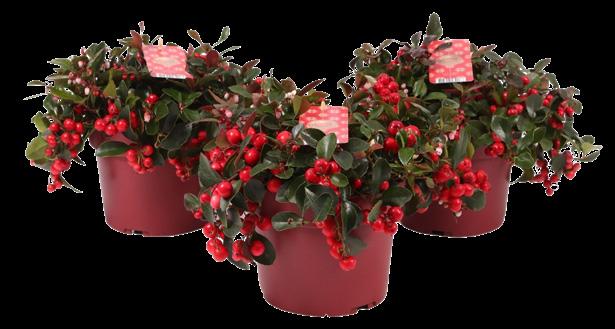
GAPRBIBE-17A
Gaultheria procumbens
´Big Berry´


Physocarpus opulifolius
‘Little devil’®

Nandina domestica
Autumn is the season of atmosphere, softness and warm accents. With our autumn collection full of plant trays and drop-ins, you bring that cosiness right into your living room. Think of playful combinations of Kalanchoe, decorative leaf plants and mosses, finished off with cheerful additions such as mushrooms, owls or feathers in rust and autumn shades.
The styling is deliberately low-key and ready-made: customers don’t have to do anything more except put it down and enjoy. Ideal for gifts, table decoration or to create instant autumnal atmosphere at home.
Highlight the theme with a warm presentation, possibly in combination with natural materials such as wood, basketwork or felt. That way, you don’t turn Autumn Power into an ordinary plant sale, but a real seasonal experience. One that touches on emotions, invites cocooning and inspires customers to bring their interiors back to life.
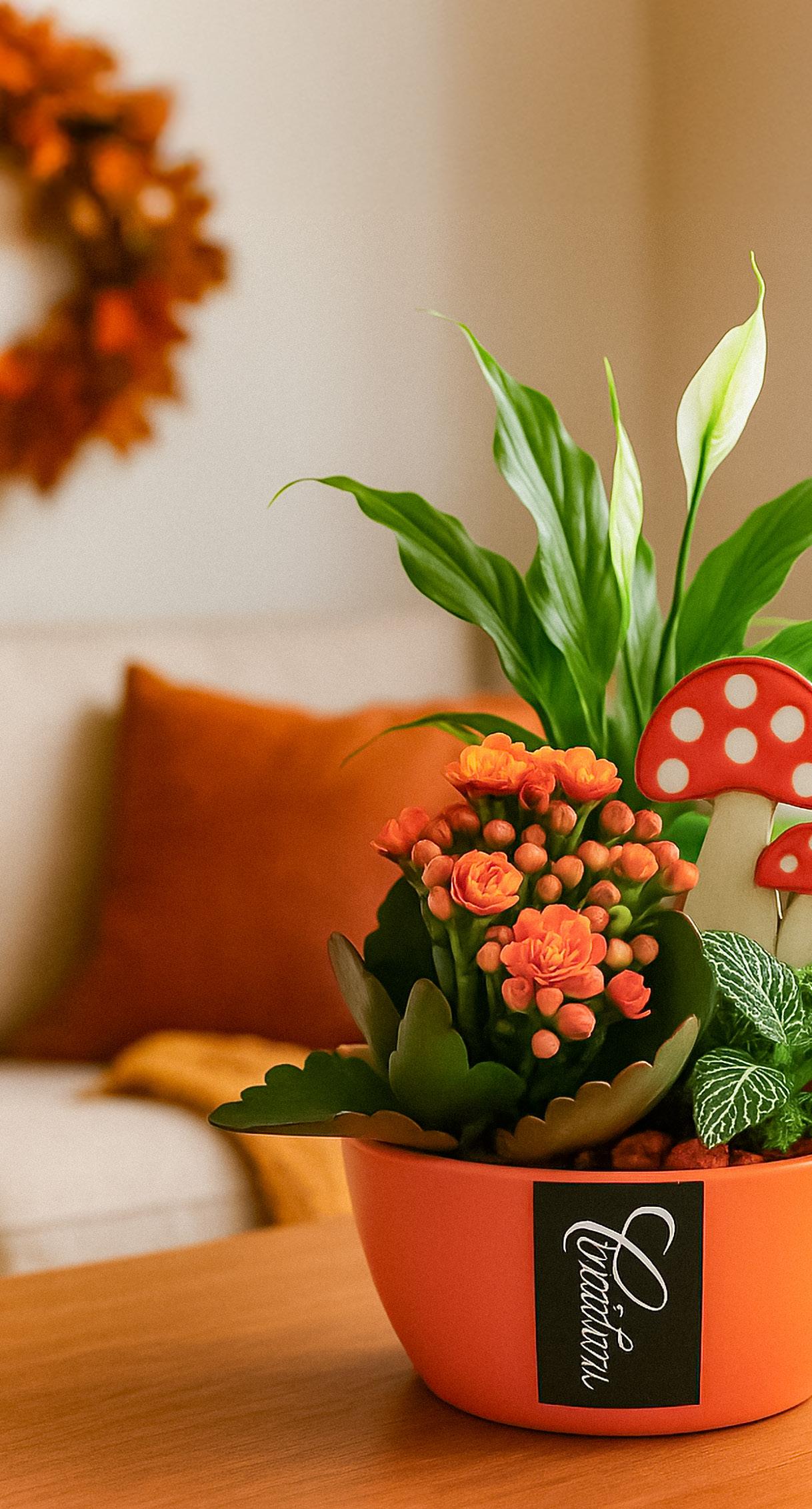

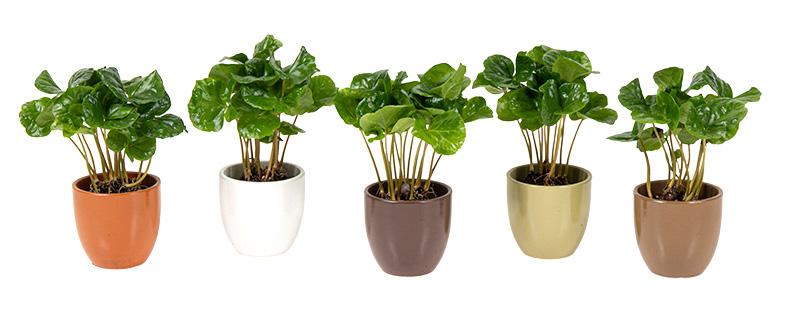
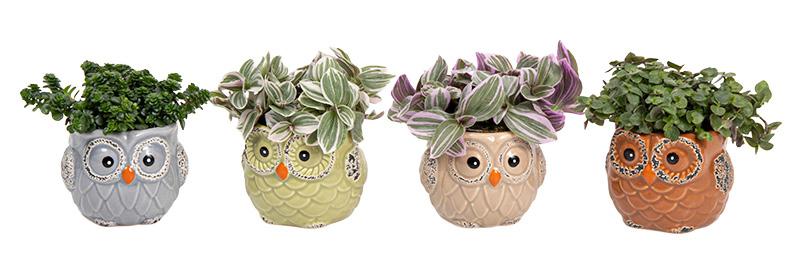
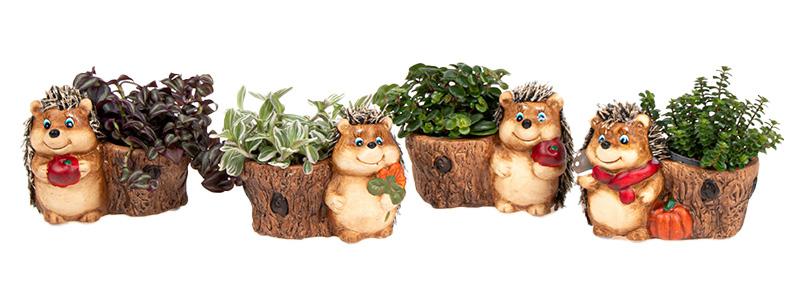


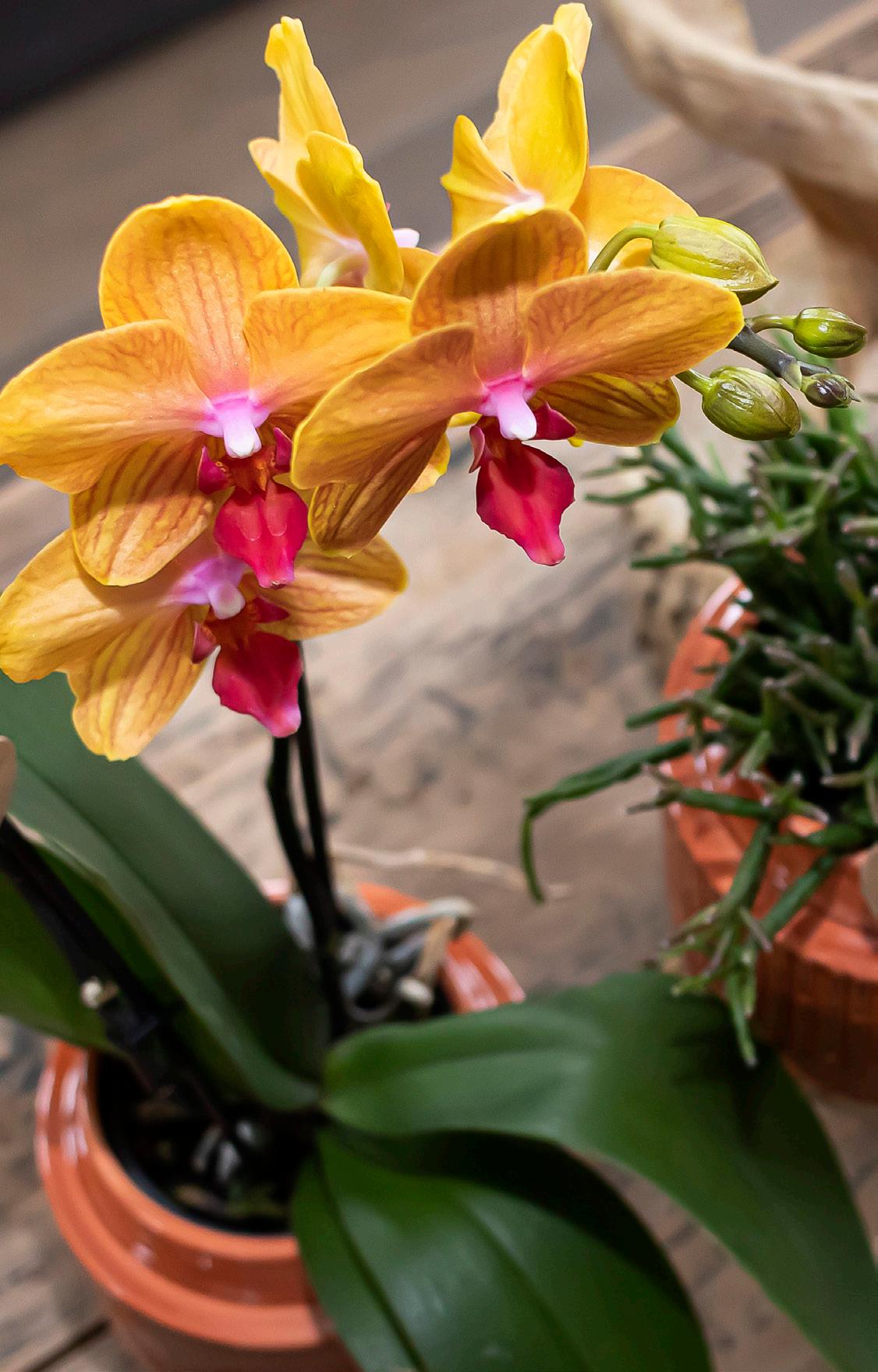

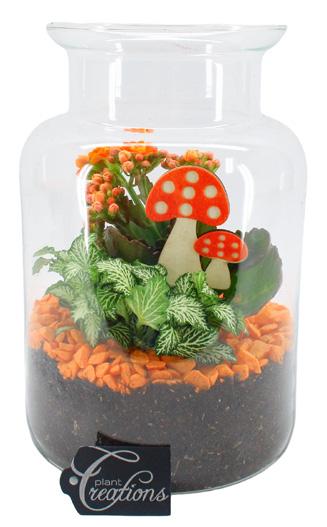
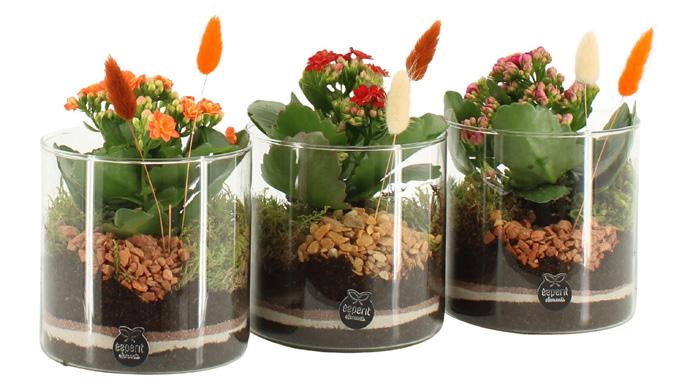
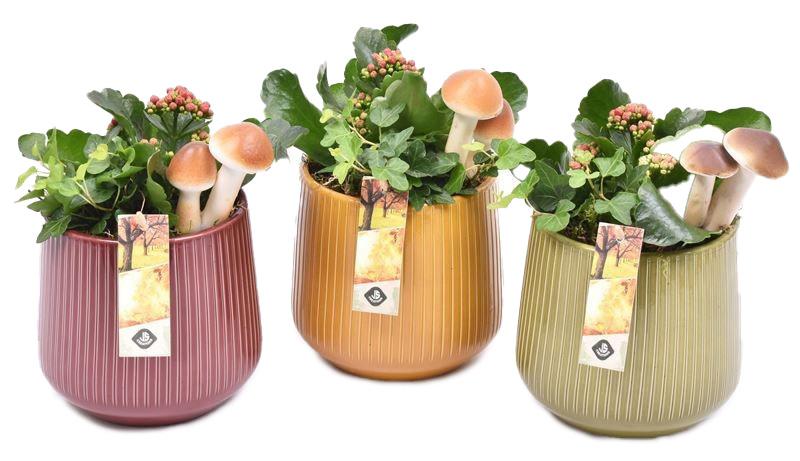




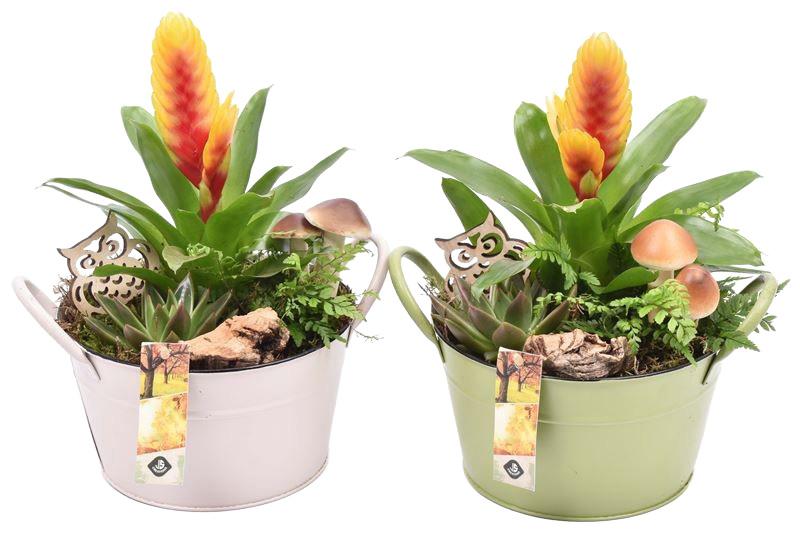
Plants are often given names that make you smile immediatelyand that makes them irresistible on the shop floor. Think of a Tear Plant, Butcher Plant, Hole Plant or Woman’s Tongue. Their popular names sound recognisable, playful or a little mysterious. And more importantly: they stick.
With the theme “What’s your name?” you play on curiosity. Put plants with a striking name together in a recognisable corner. Add cards with fun facts: “This ‘Peacock Plant’ dances when the light changes” or “Did you know that the Hole Plant is also called ‘Swiss Cheese Plant’?”.
This is how you create a shopping moment that sticks. Because consumers choose not only with their eyes, but also with their feelings. A funny or telling name suddenly makes a plant human. And that is exactly what makes that one houseplant the favourite.
Latin name
Sansevieria
Chlorophytum
Soleirolia
Calathea
Spathiphyllum
Aspidistra
Monstera
Peperomia argyreia
Pilea peperomioides
Ceropegia woodii
Oxalis triangularis
Phalaenopsis
Anthurium
Saintpaulia
Hibiscus rosa-sinensis
Kalanchoë
English
Mother-in-law’s tongue
Spider plant
Baby’s tears
Peacock plant
Peace lily
Cast iron plant
Swiss cheese plant
Watermelon peperomia
Chinese money plant
String of hearts
Purple shamrock
Moth orchid
Flamingo flower
African violet
Chinese hibiscus
Flaming Katy


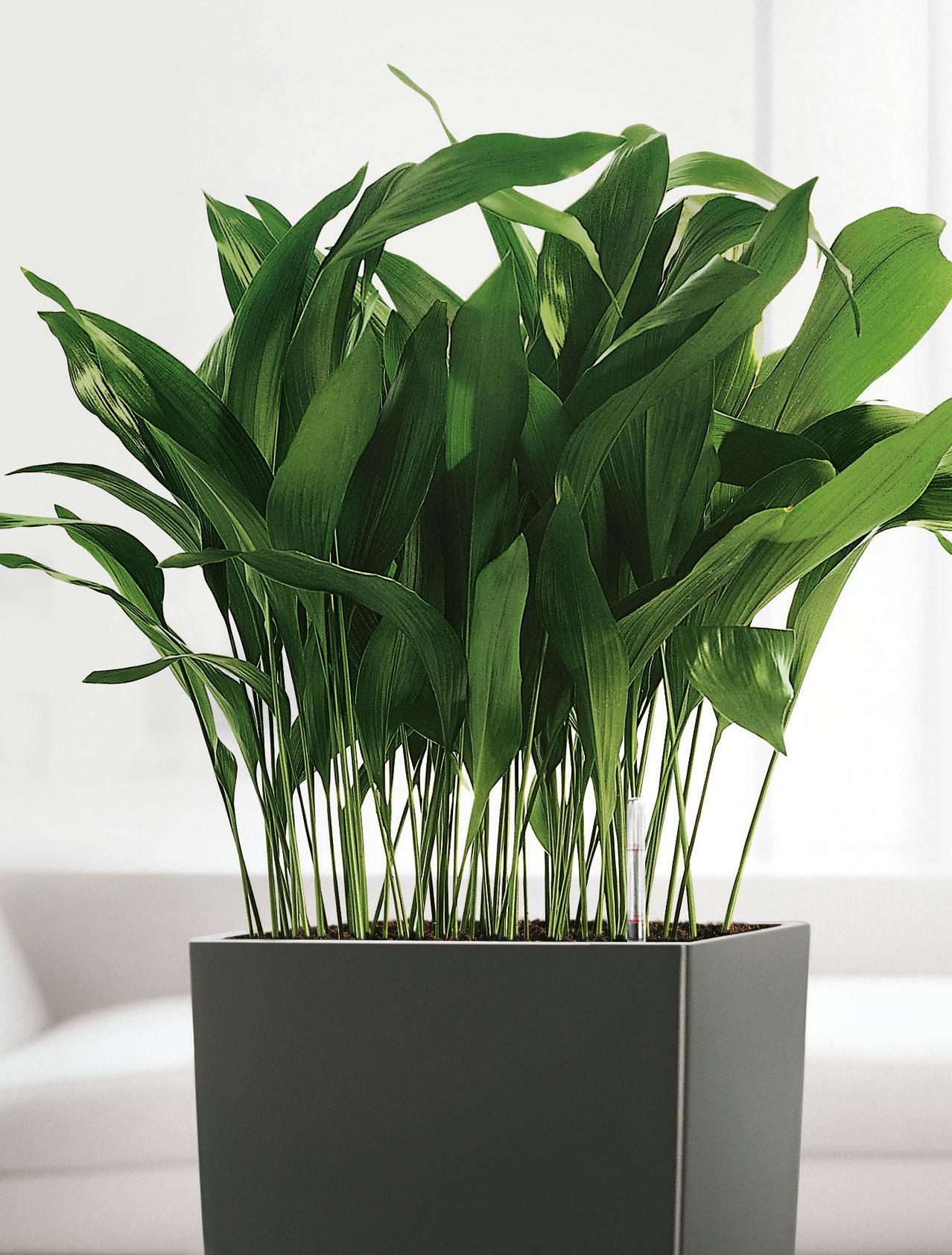



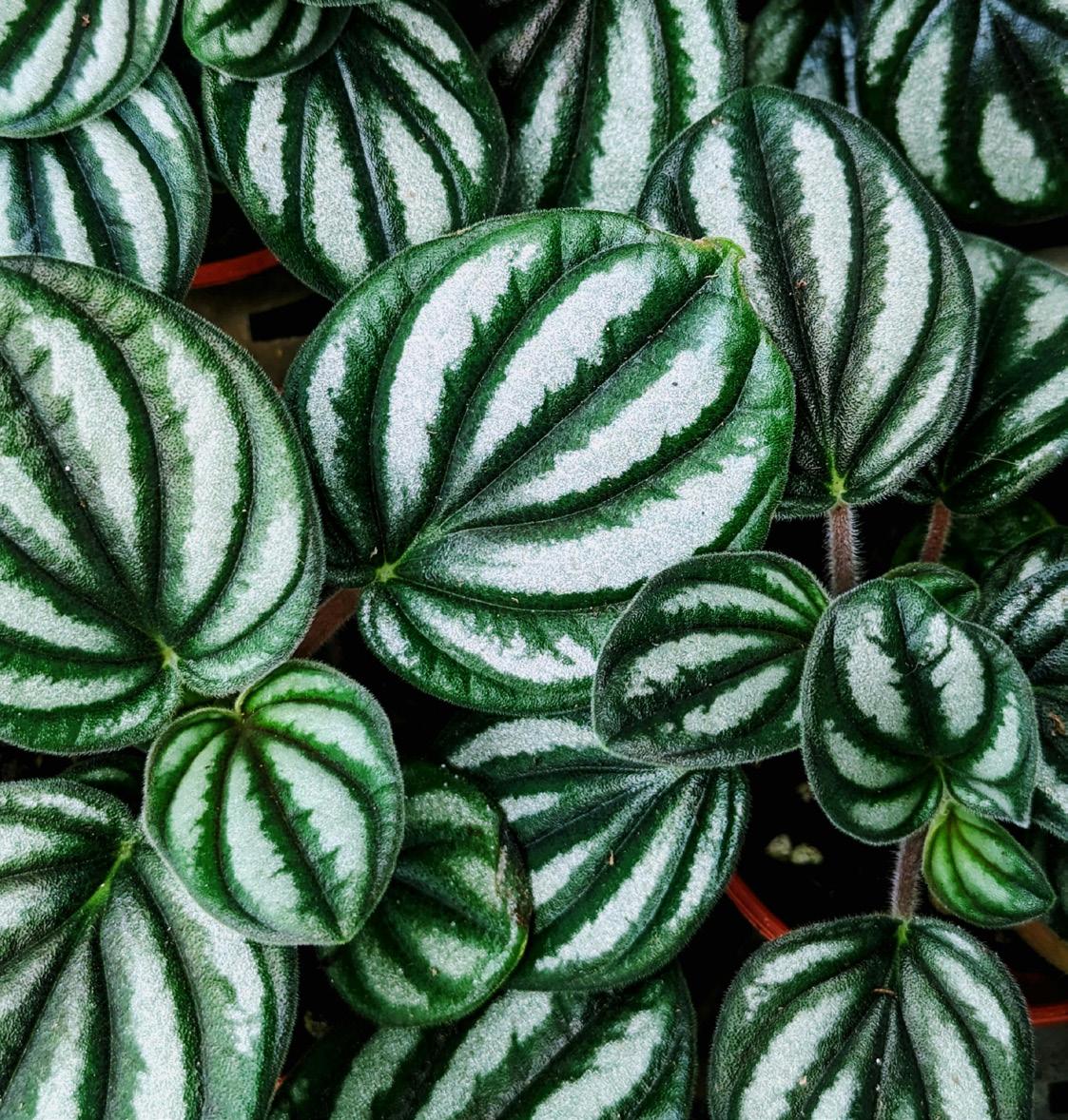
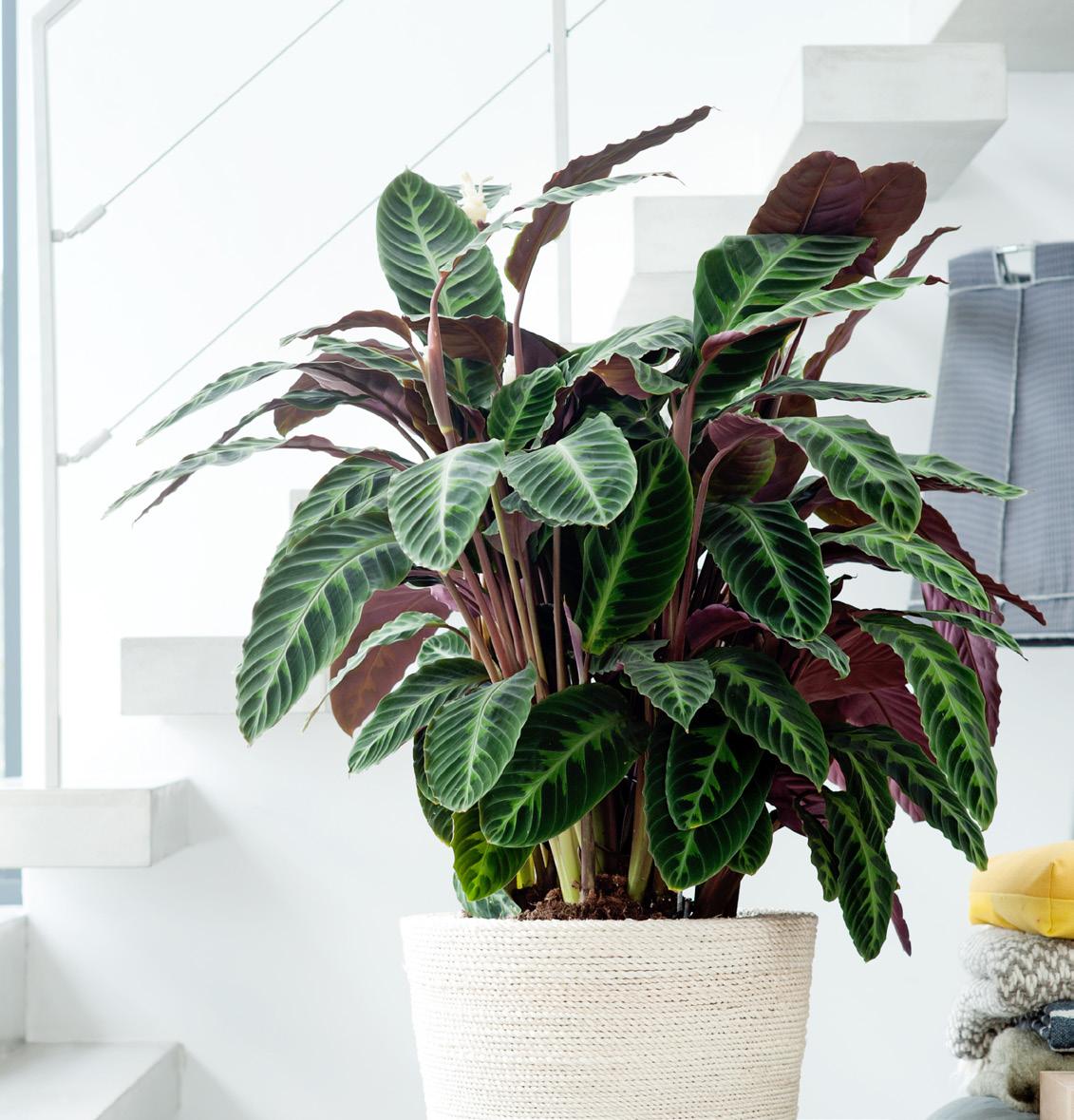


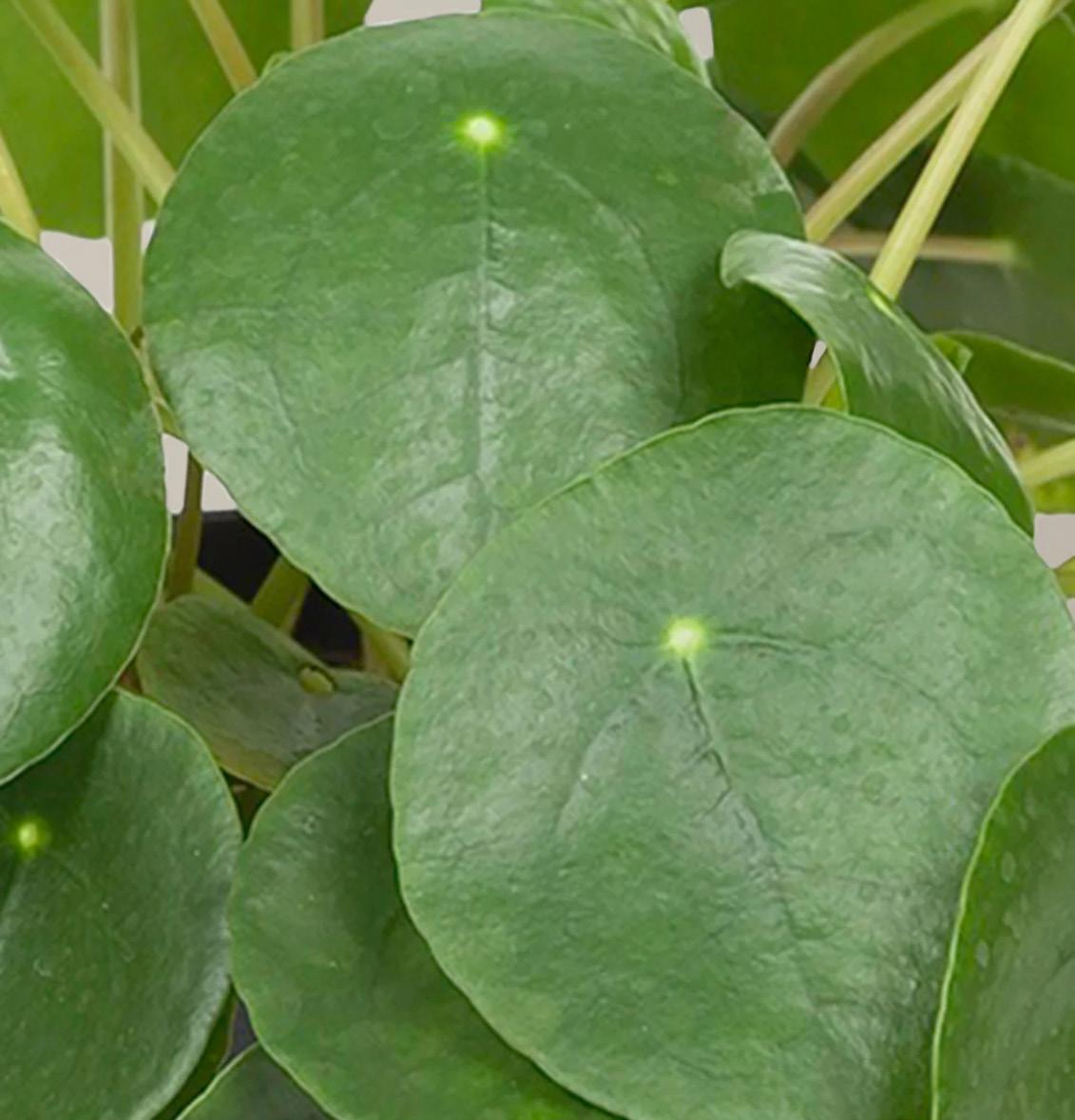

Garden plants : Cyclamen Dragon Blue
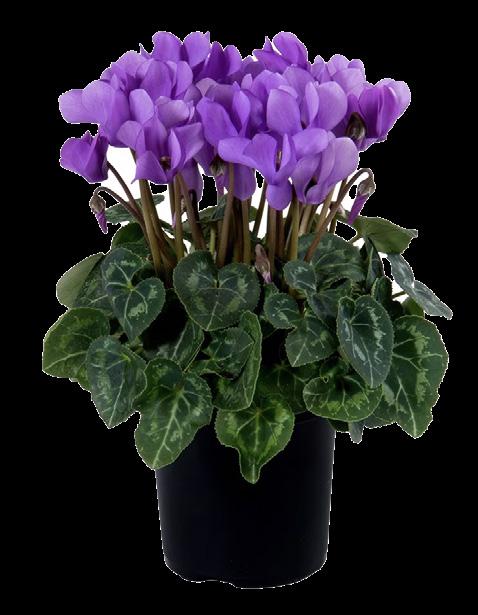

Garden plants : Begonia Draco
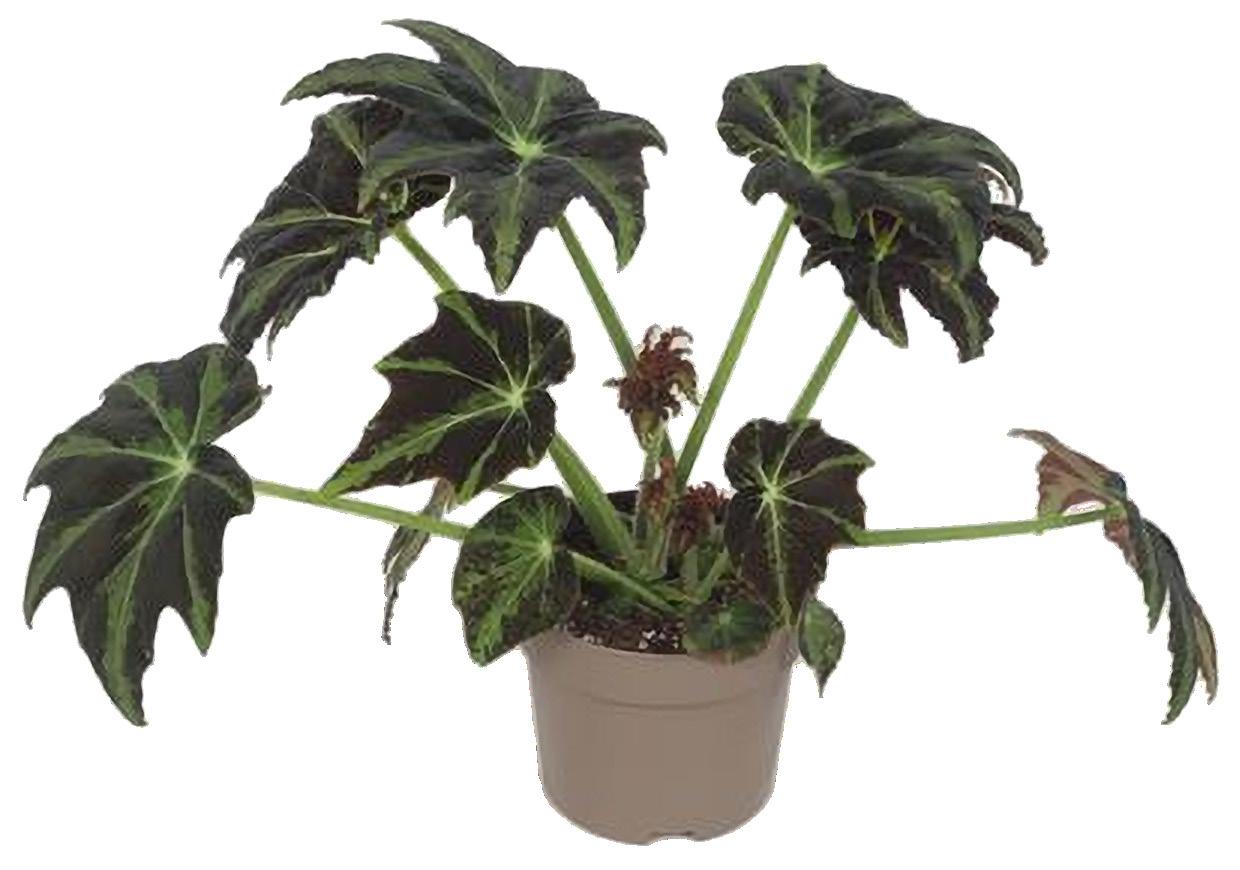
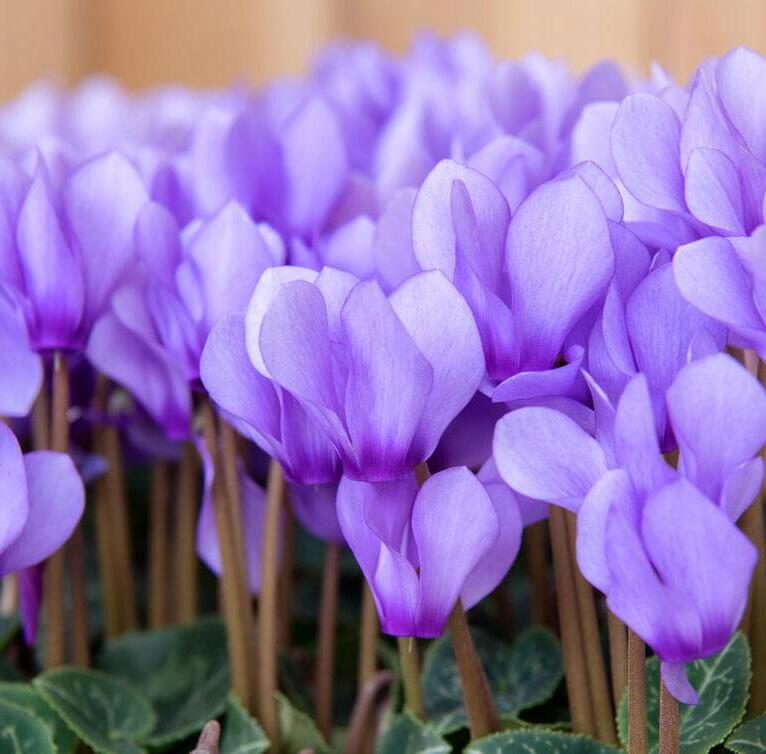

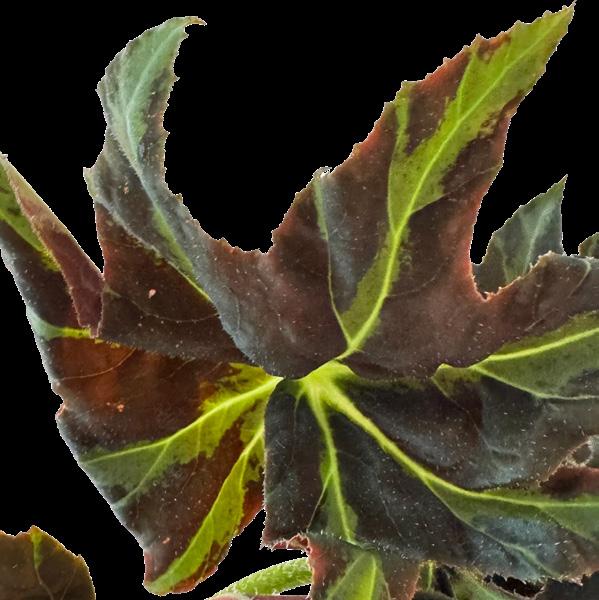
UK
2 - 3 September 4 Oaks Cheshire
16 - 18 September Glee
NETHERLANDS
NEC Birmingham
Date Event Location
27 - 28 Augusts Plantarium | Groen-Direkt Int. Trade Centre Hazerswoude/Boskoop
3 - 4 September Autumn Fair Aalsmeer
1 - 3 October Groot Groen, nursery GrootGroenPlus, Zundert
4 - 6 November Trade Fair Aalsmeer
BELGIUM
Date Event Location
26 August Florall Waregem EXPO
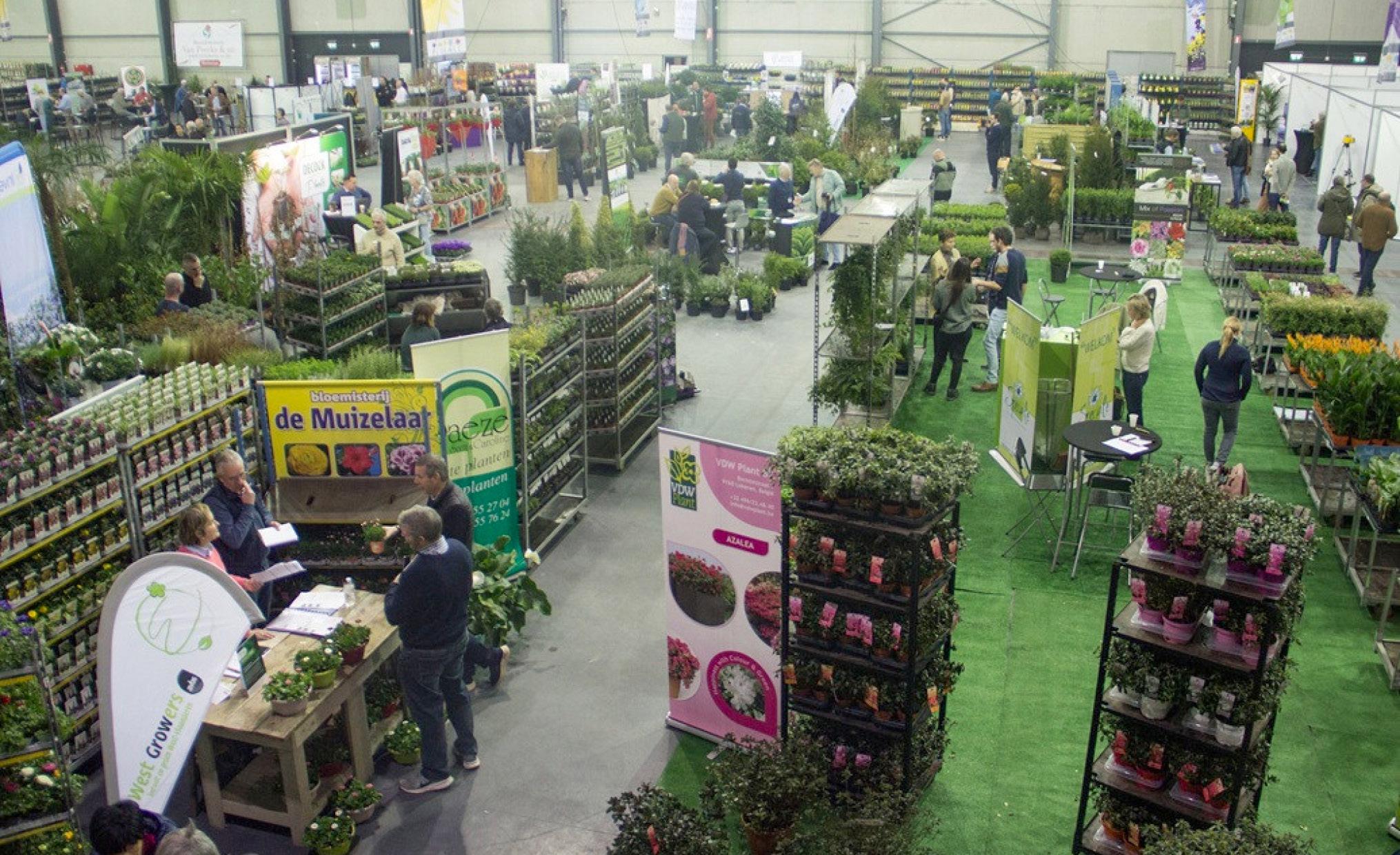

© www.plantsandflowersfoundationholland.org
Beerveldse Baan 4 - 9080 Lochristi - Belgium T +32 9 353 53 53 - info@floreac.com - www.floreac.com